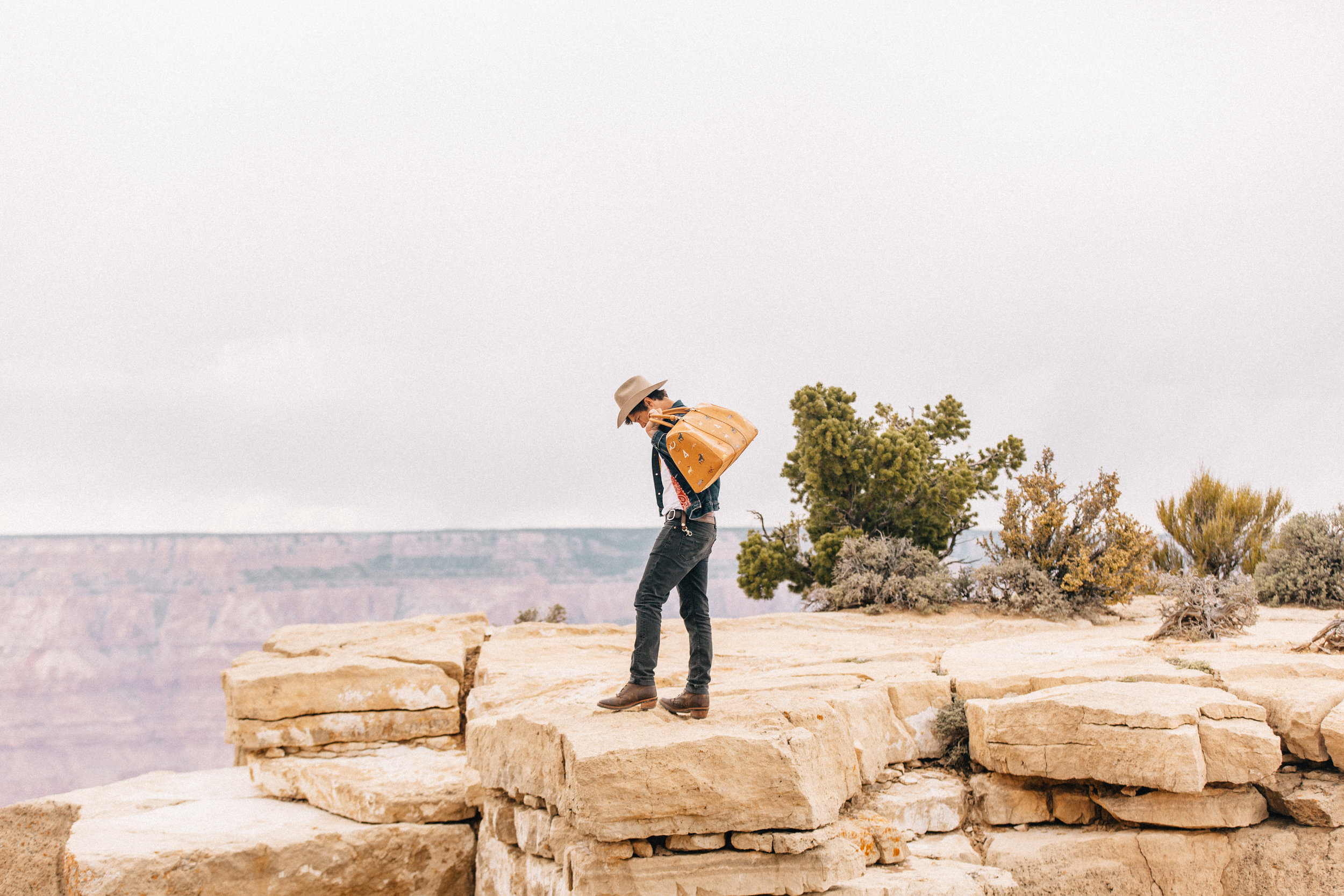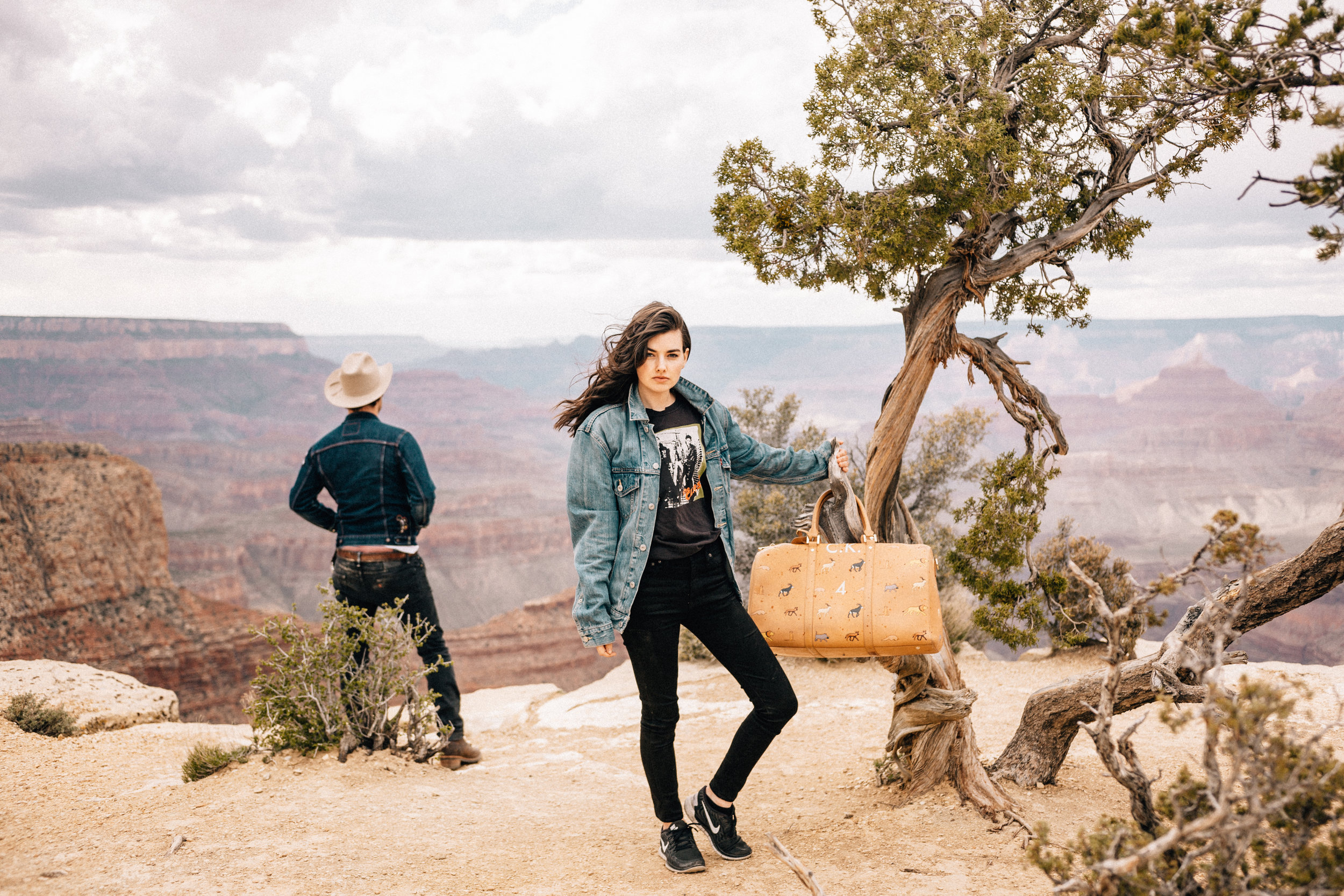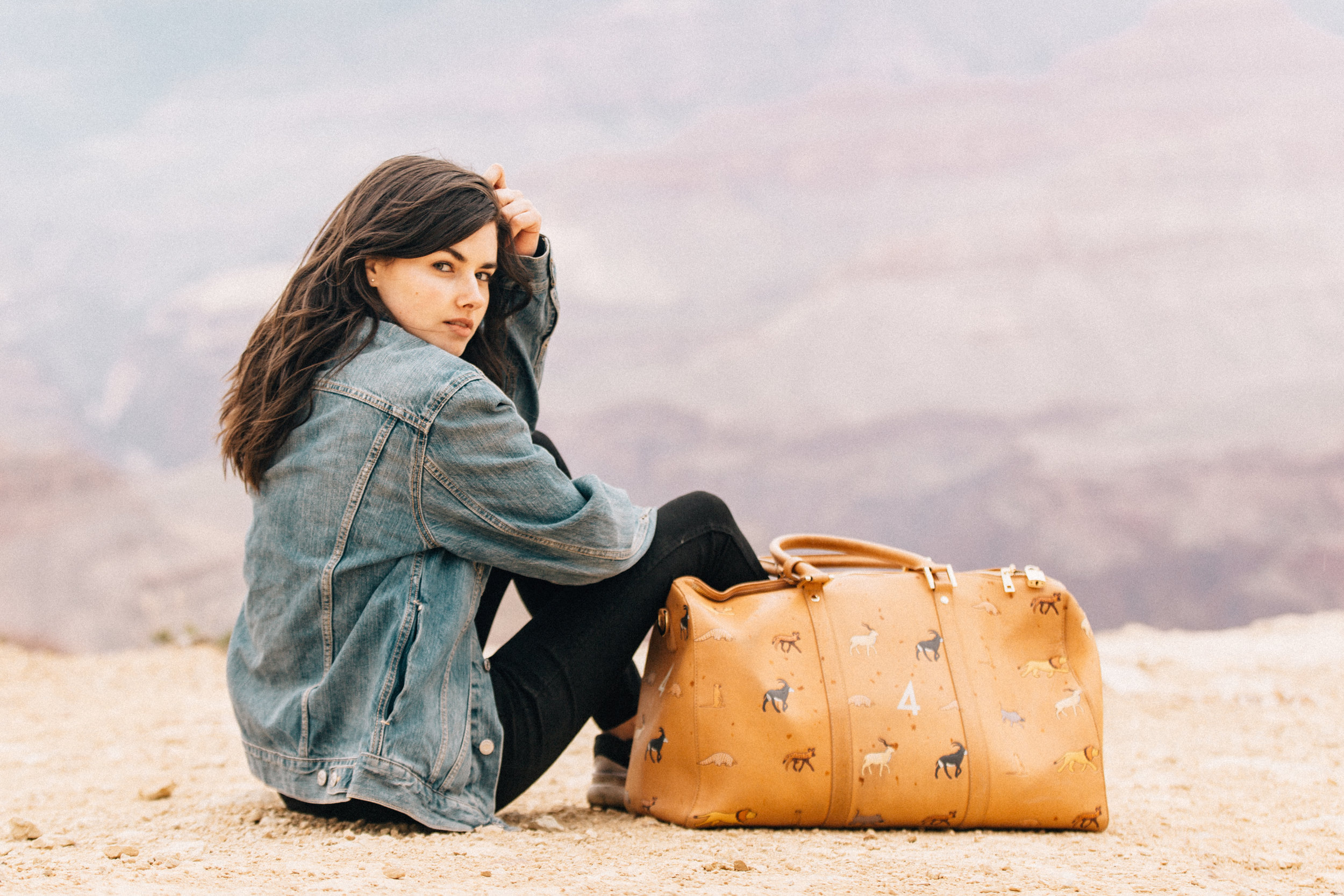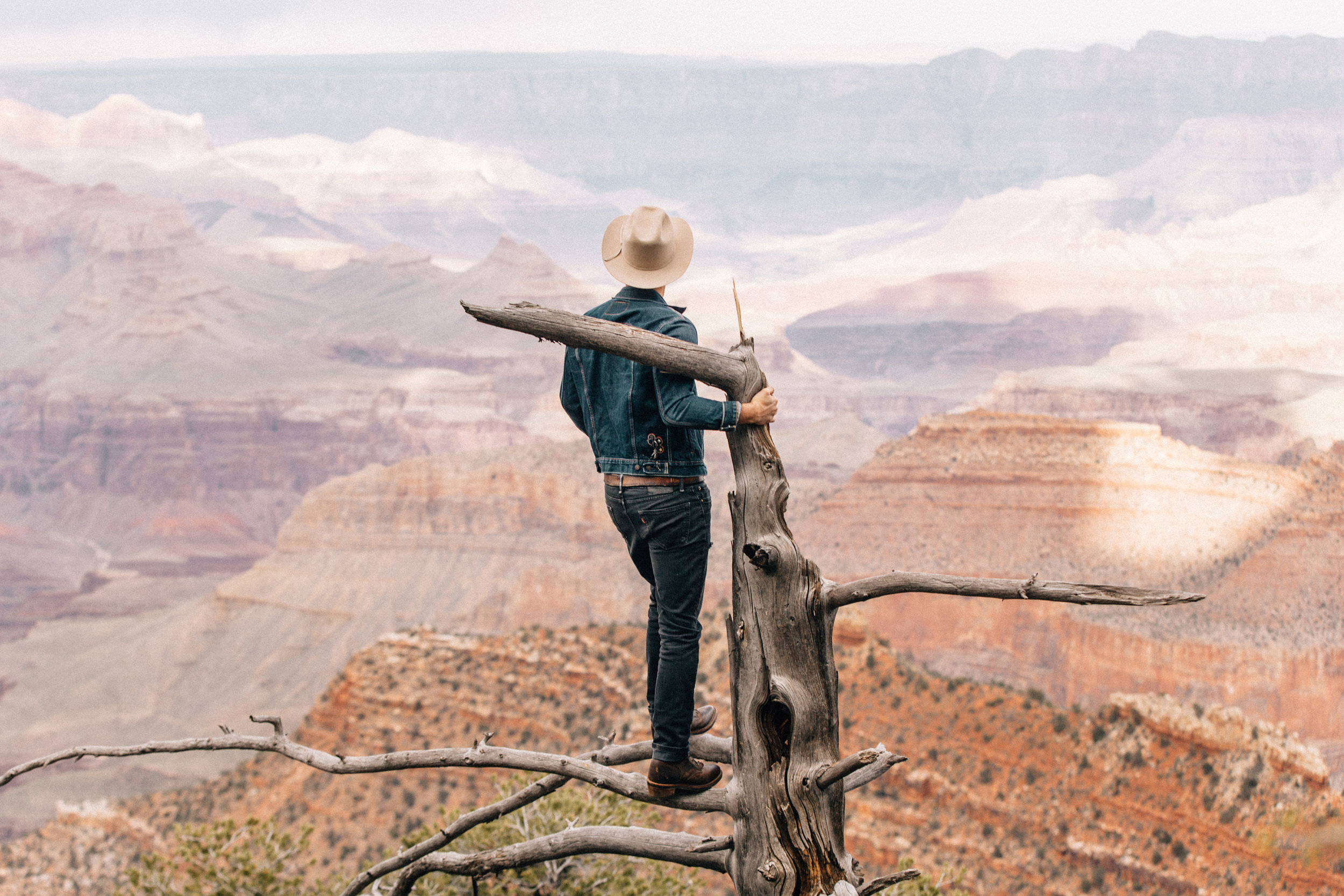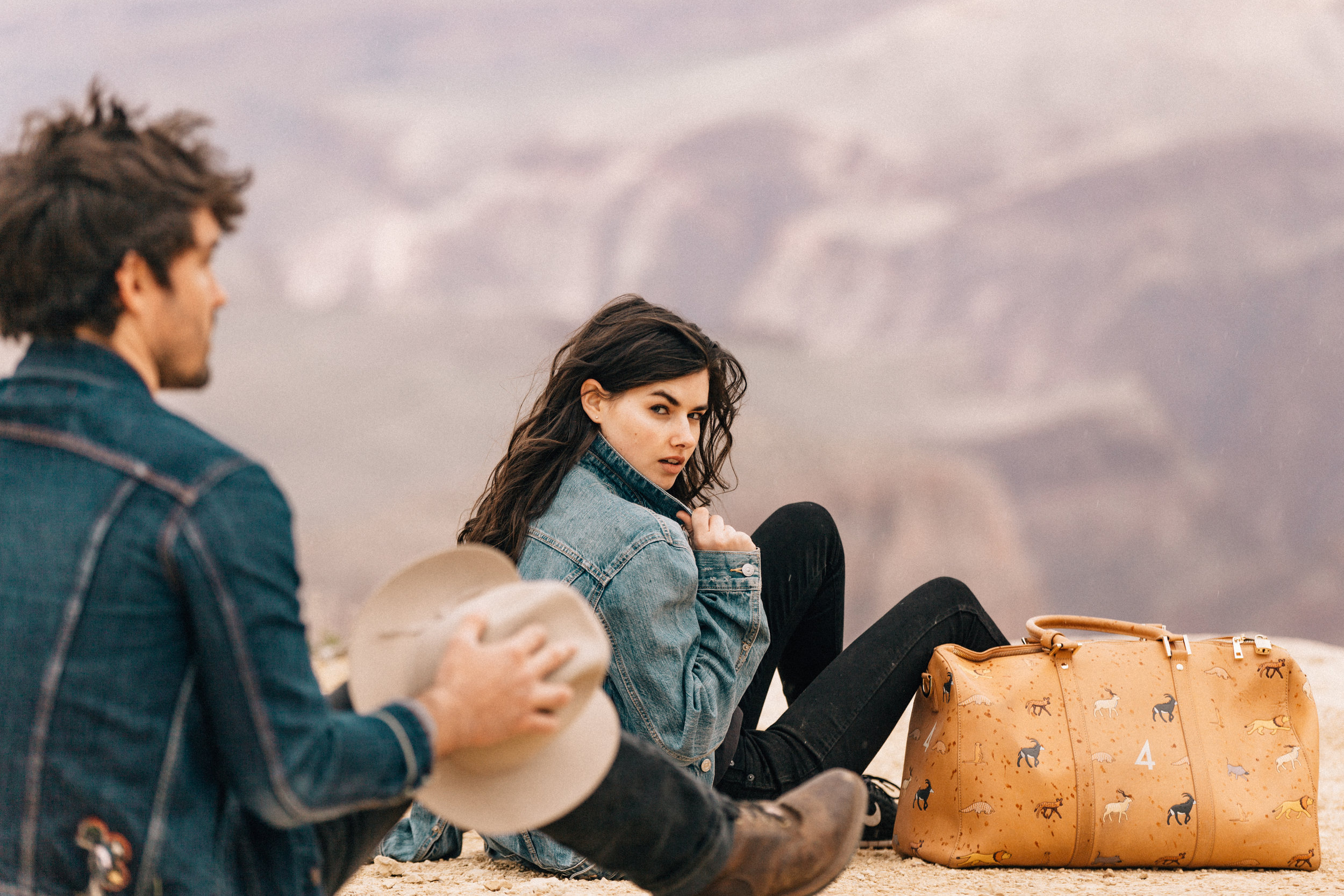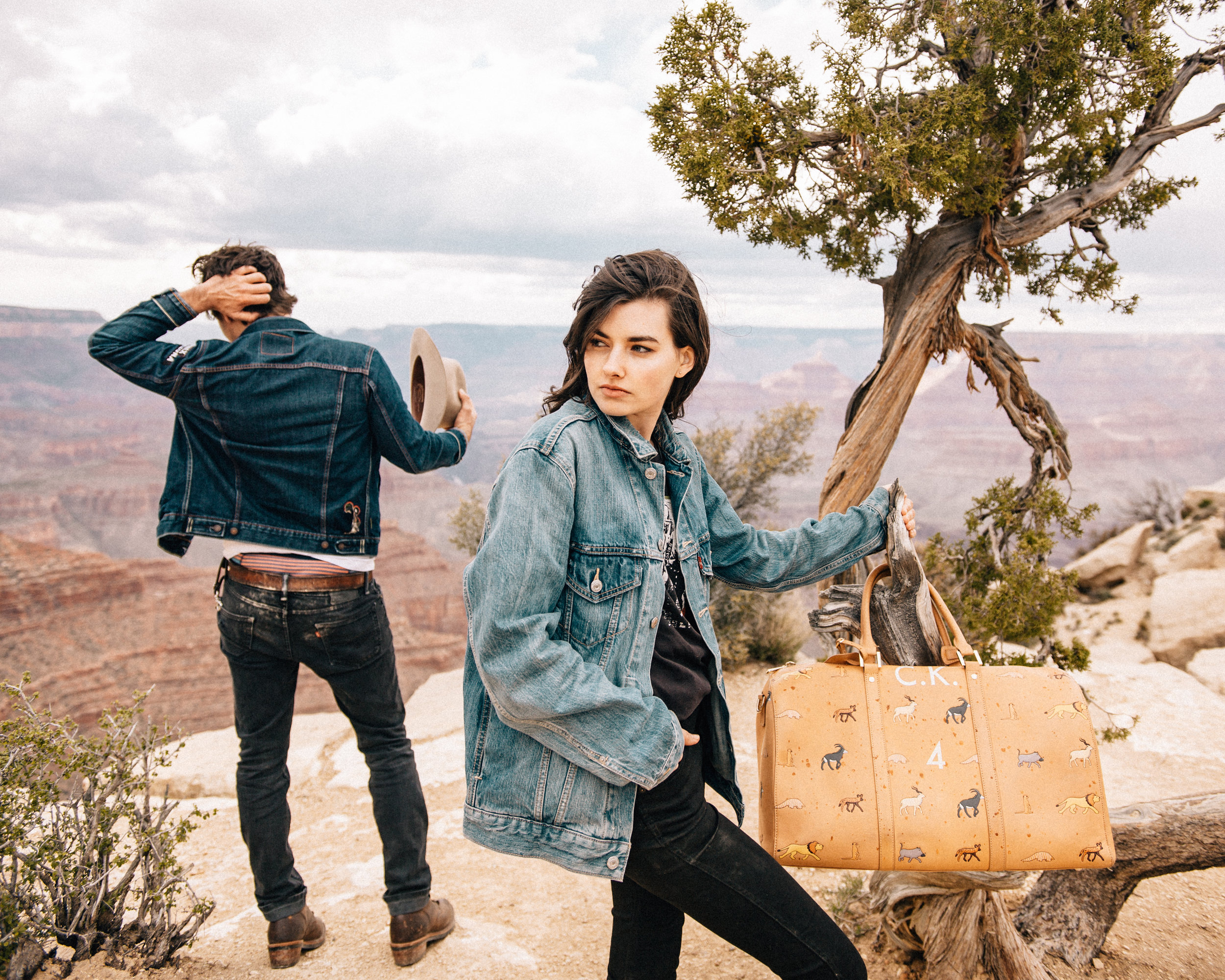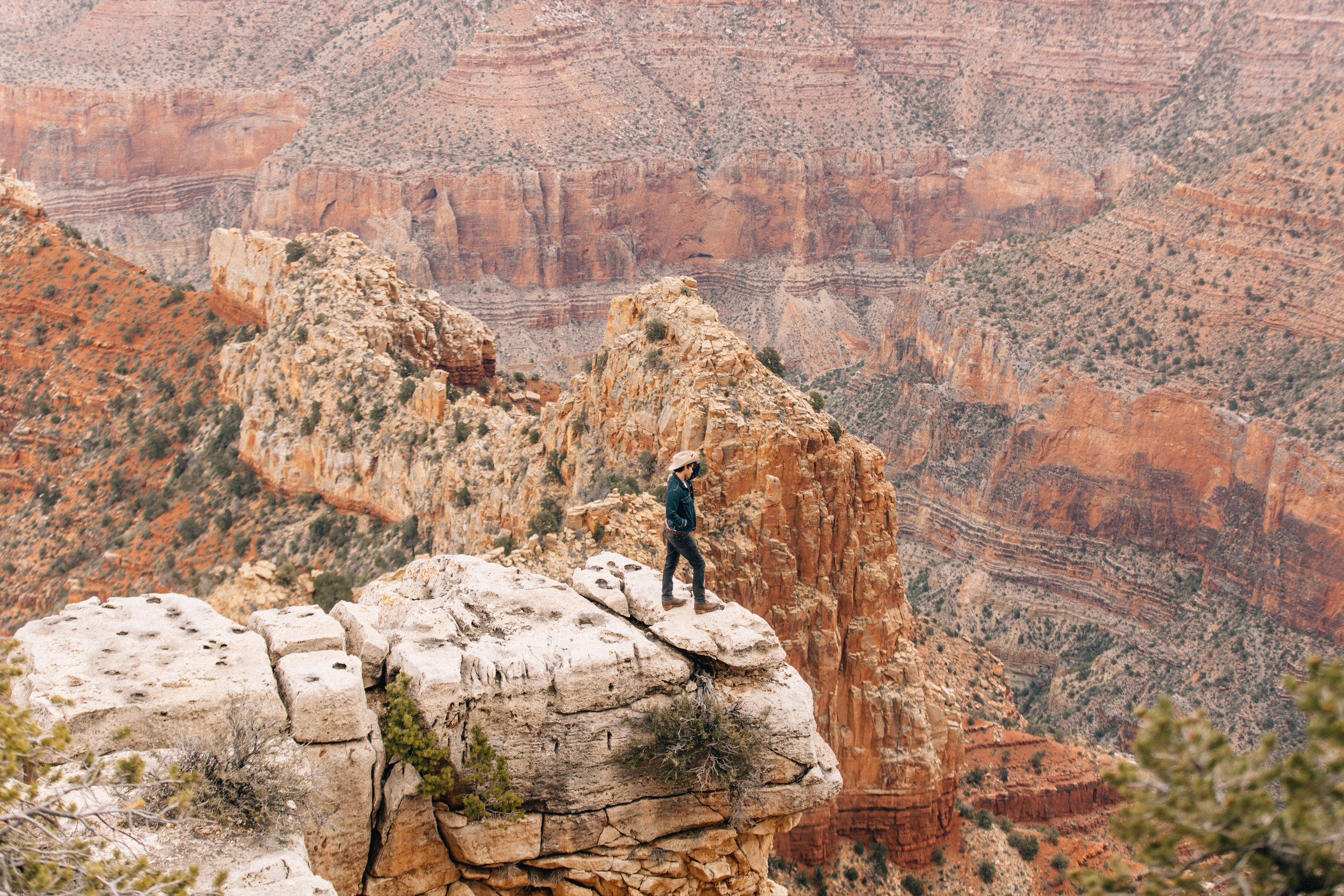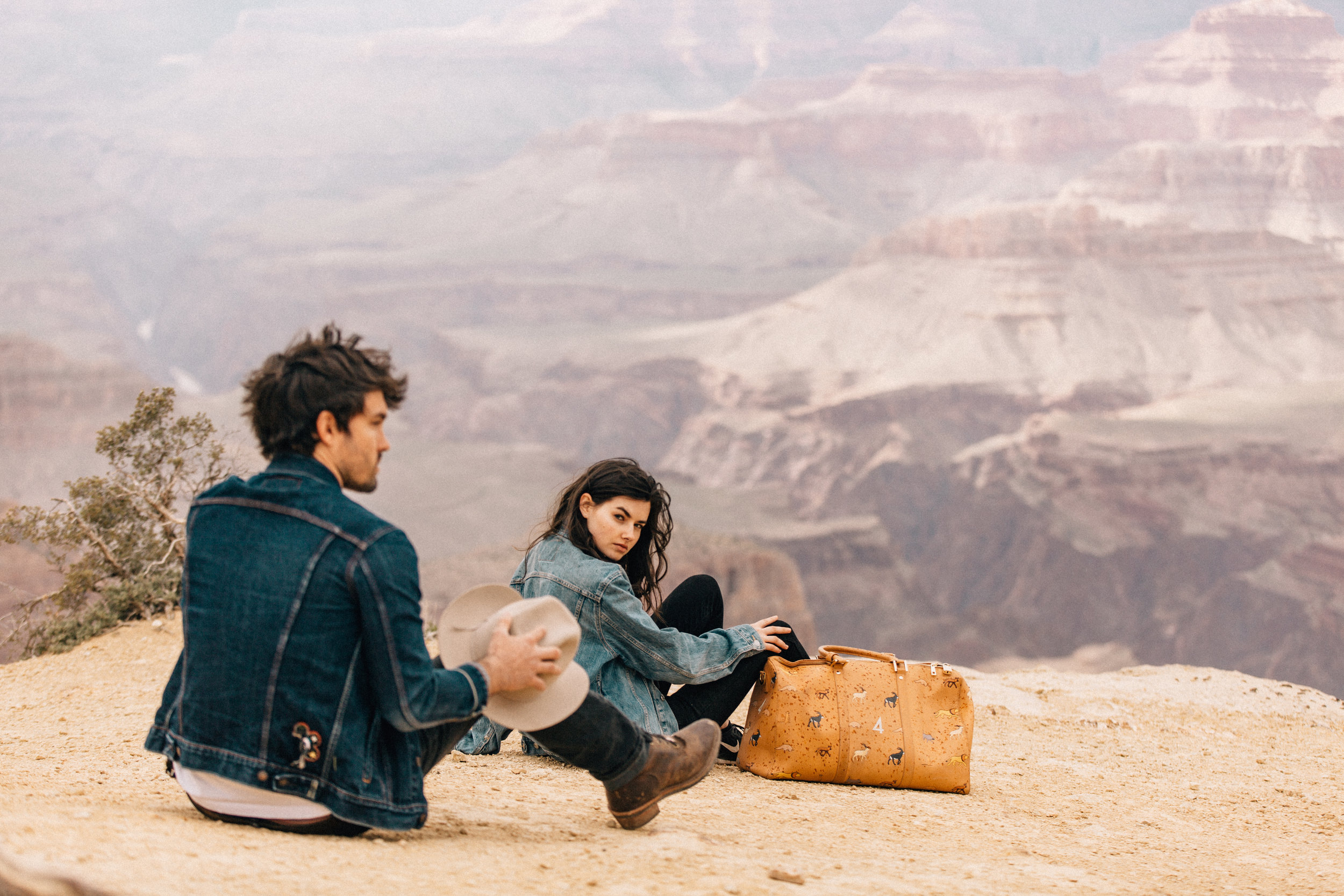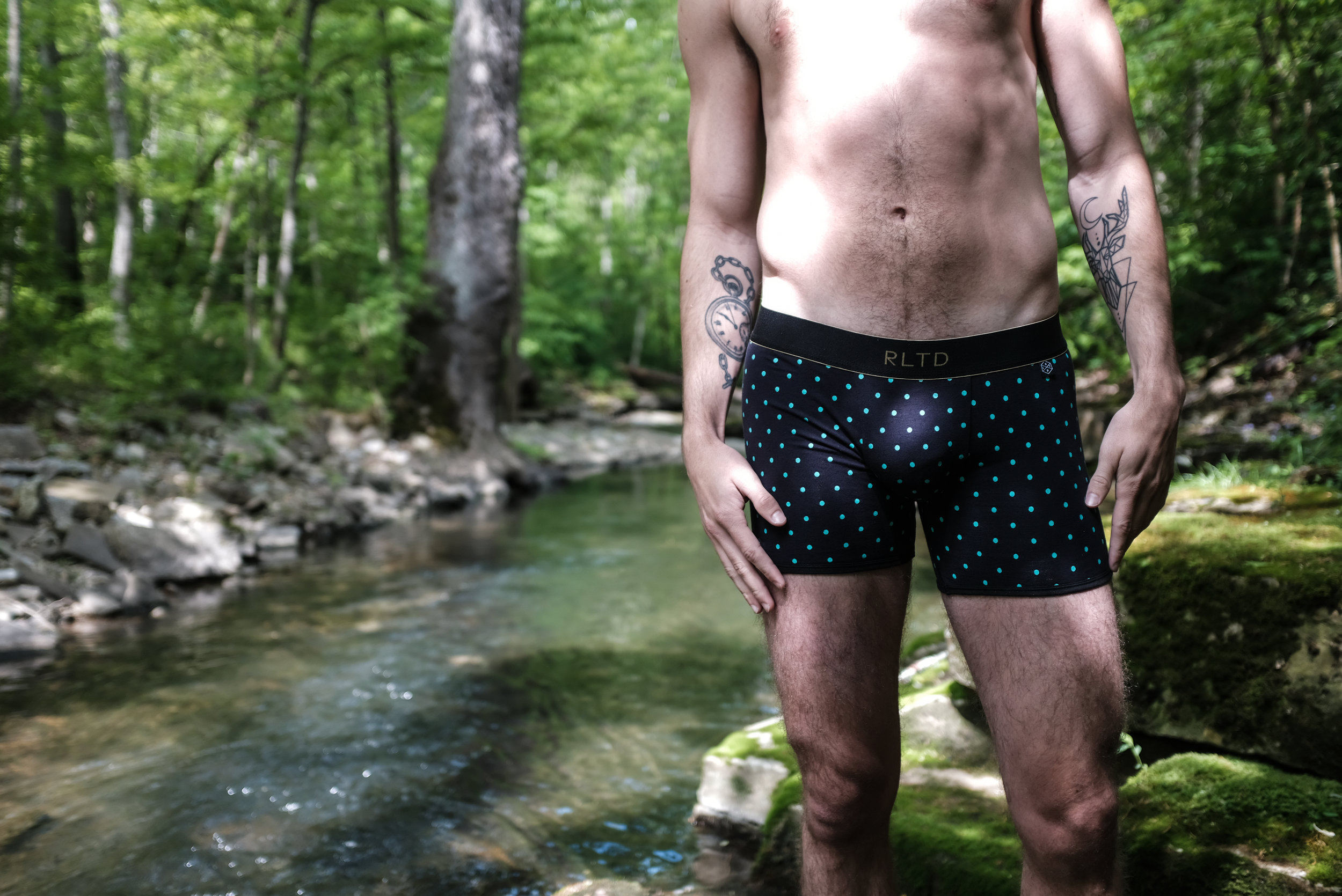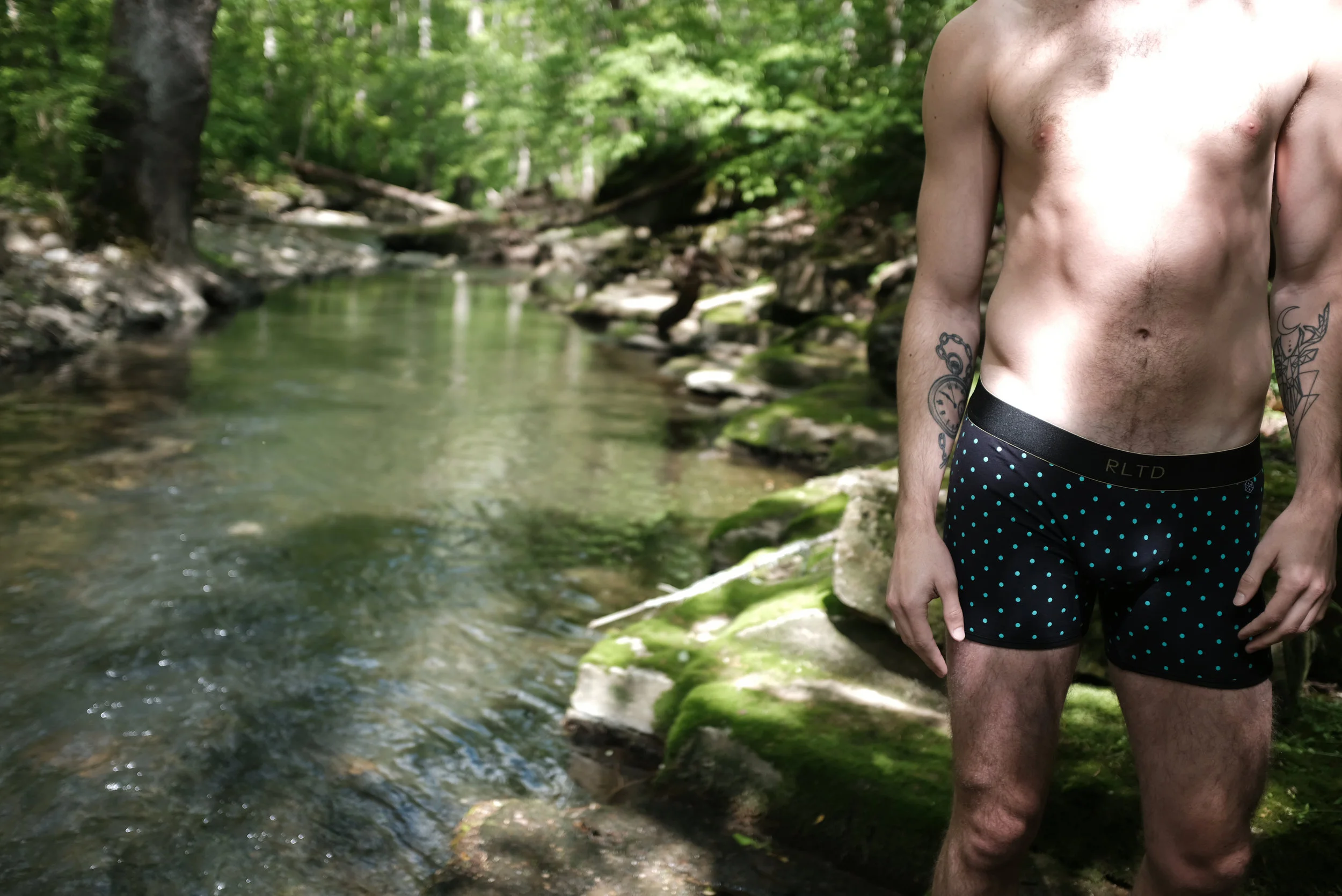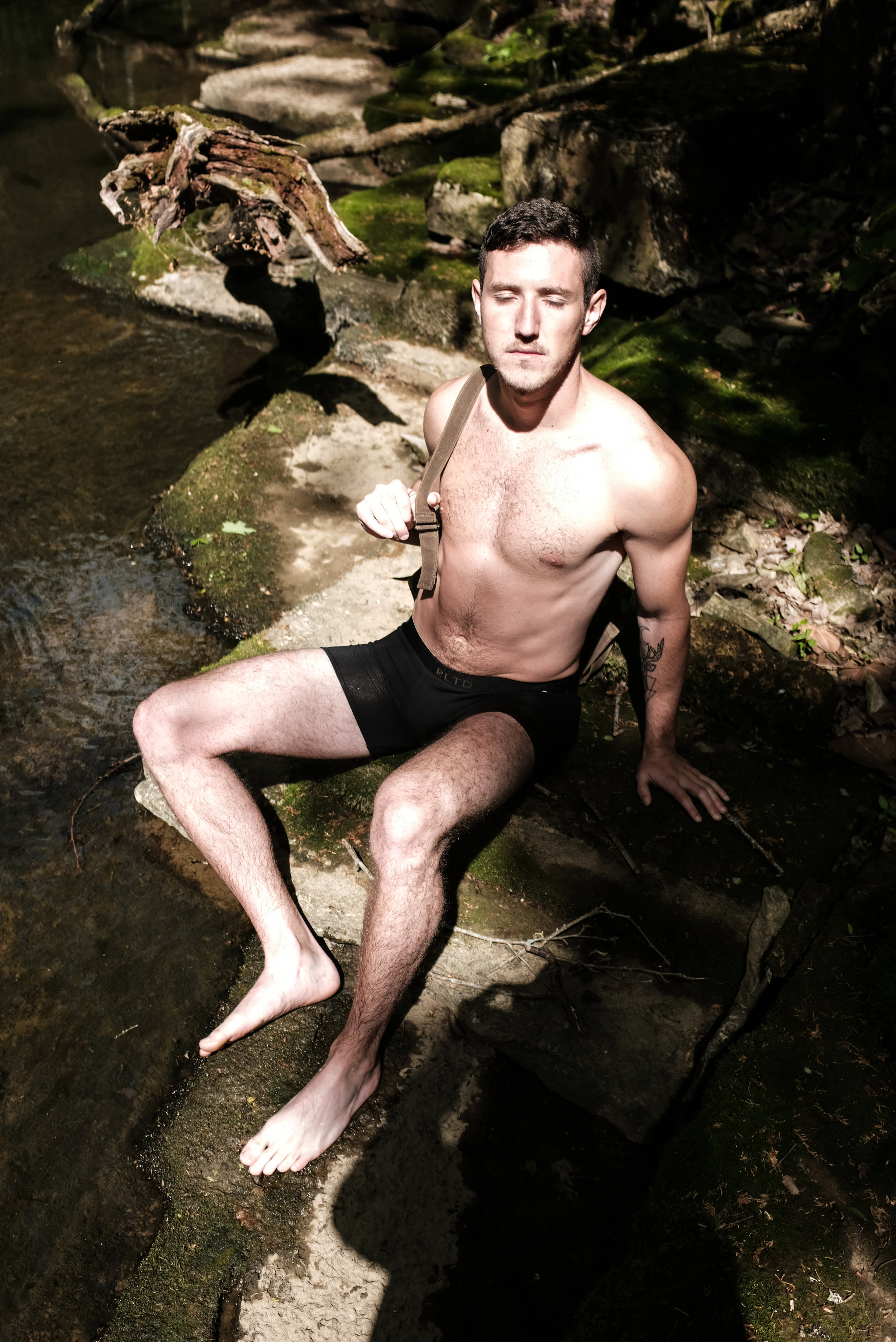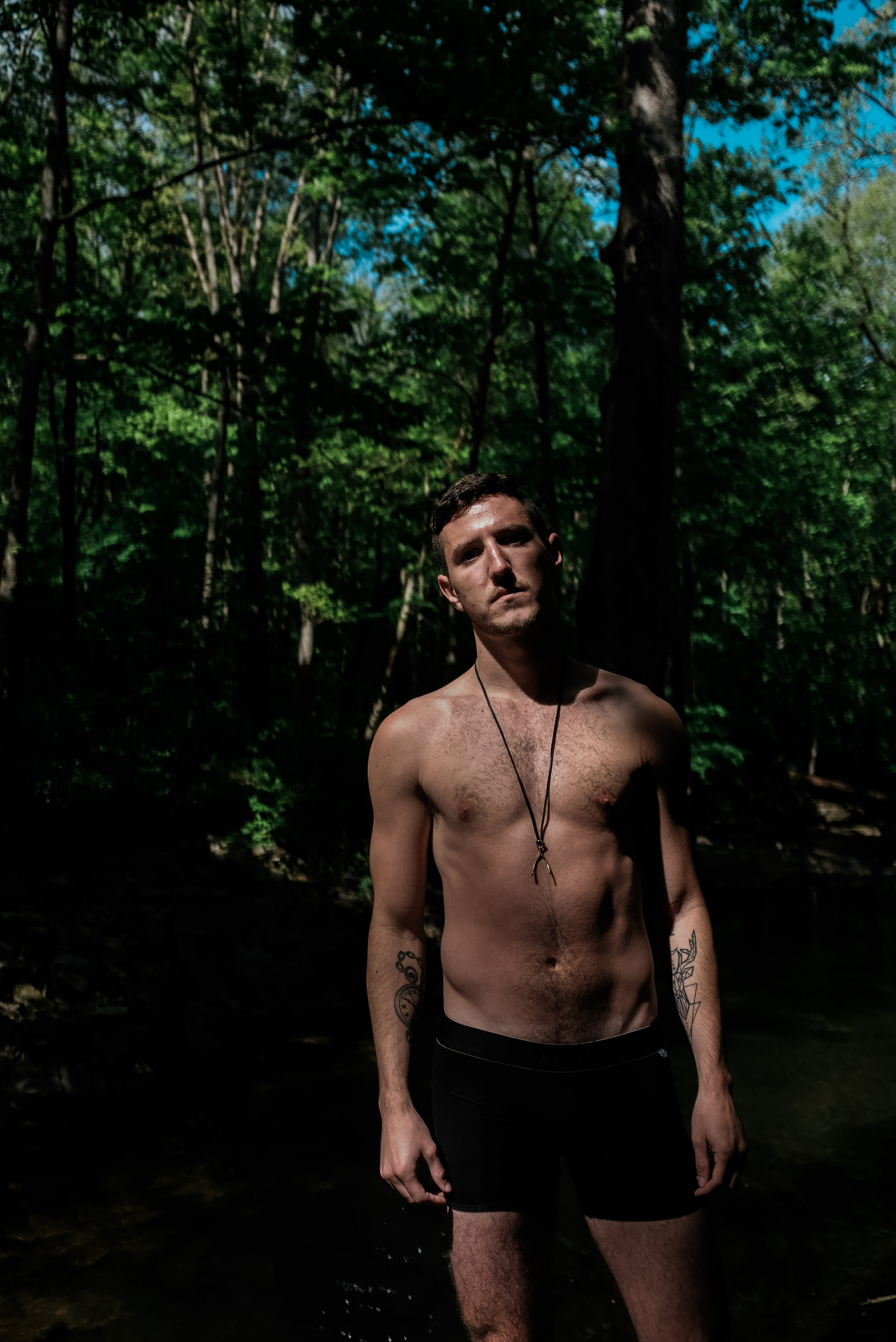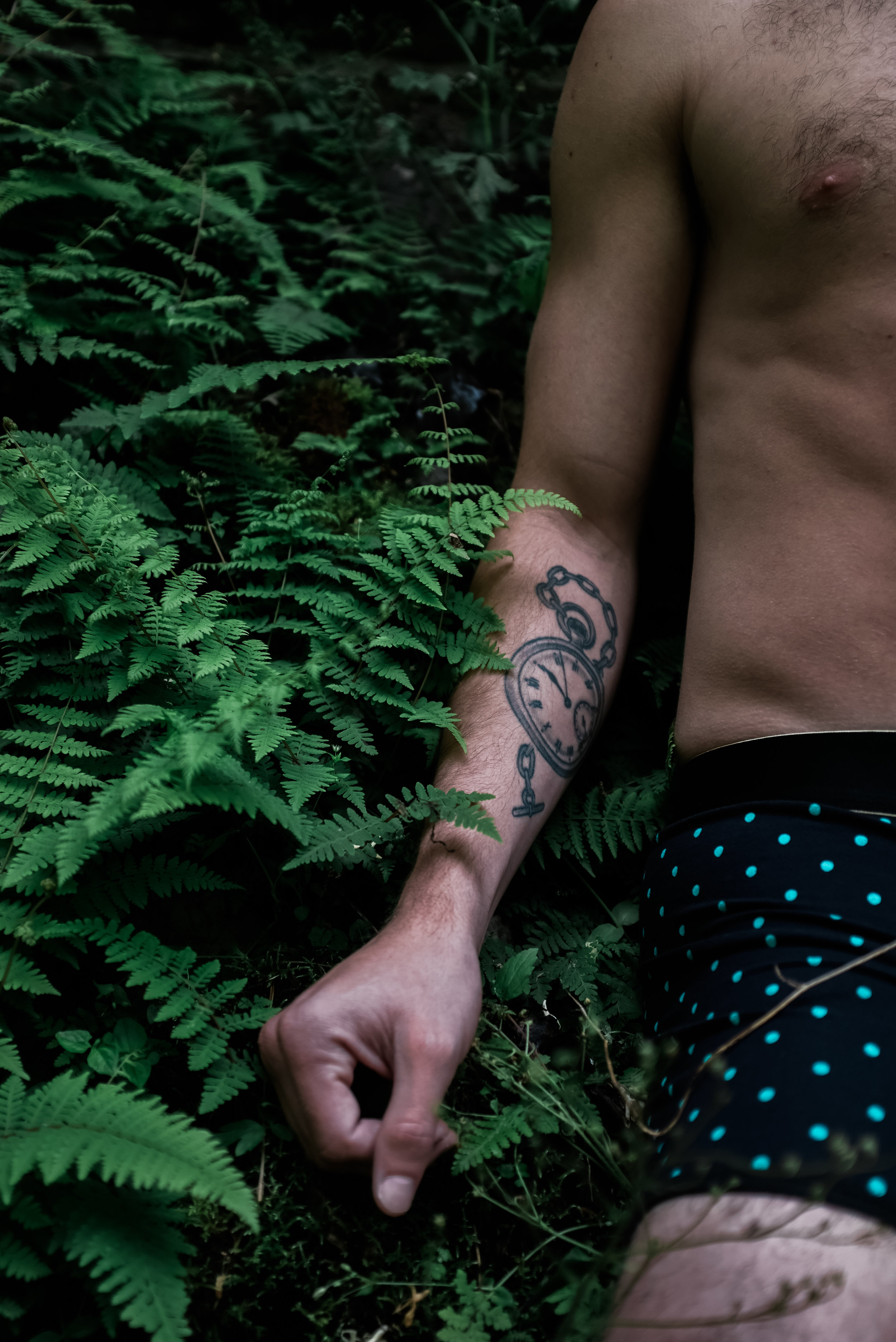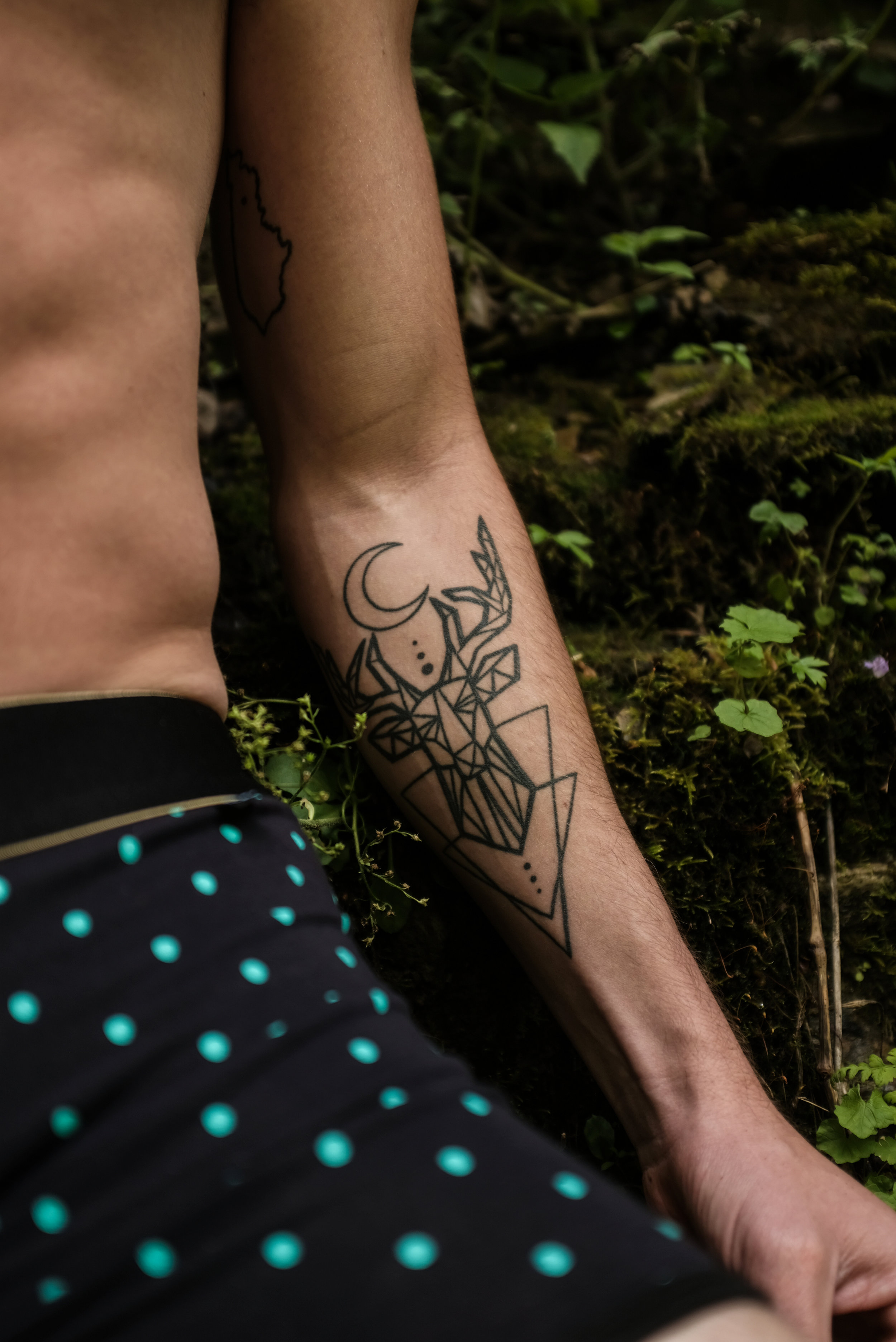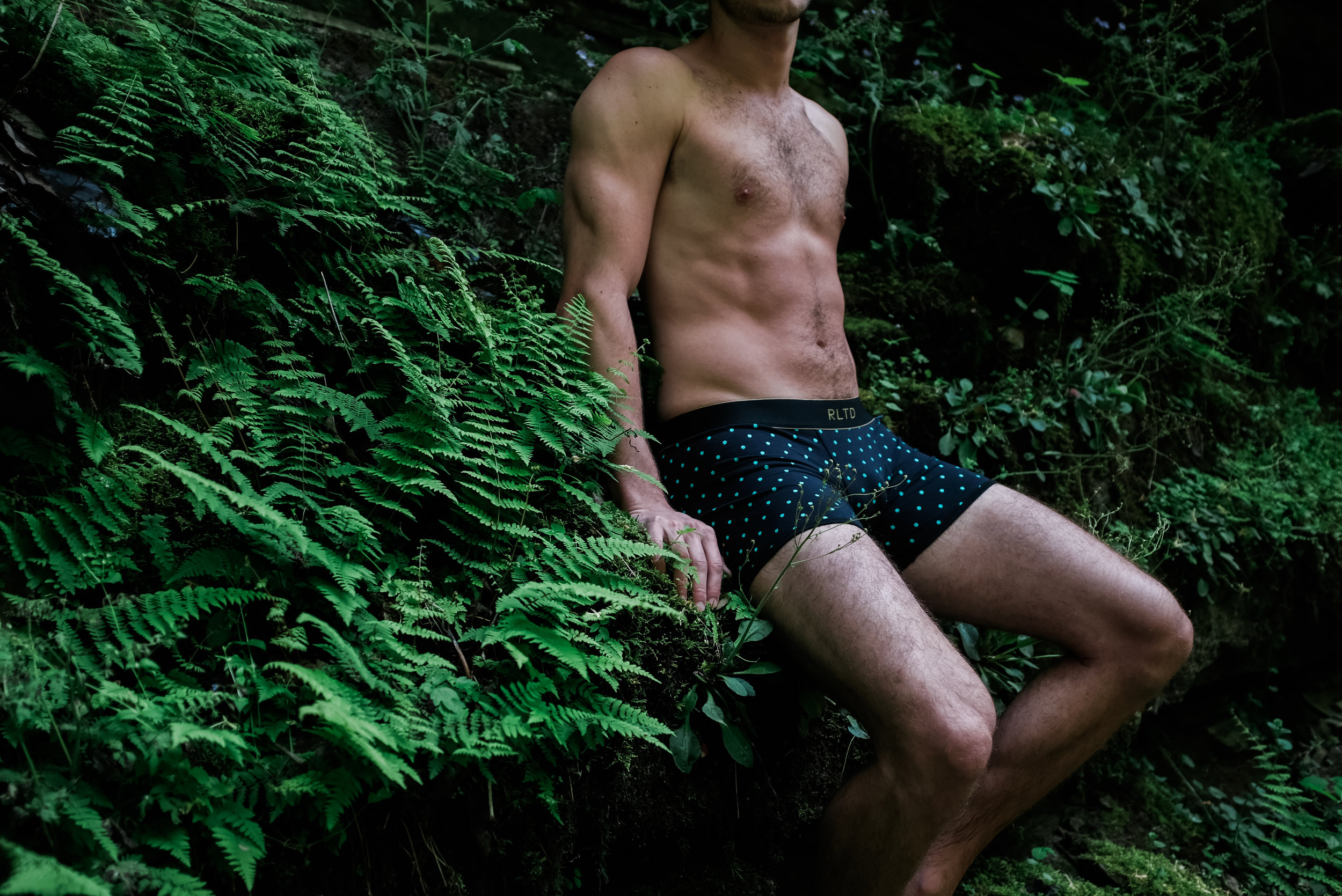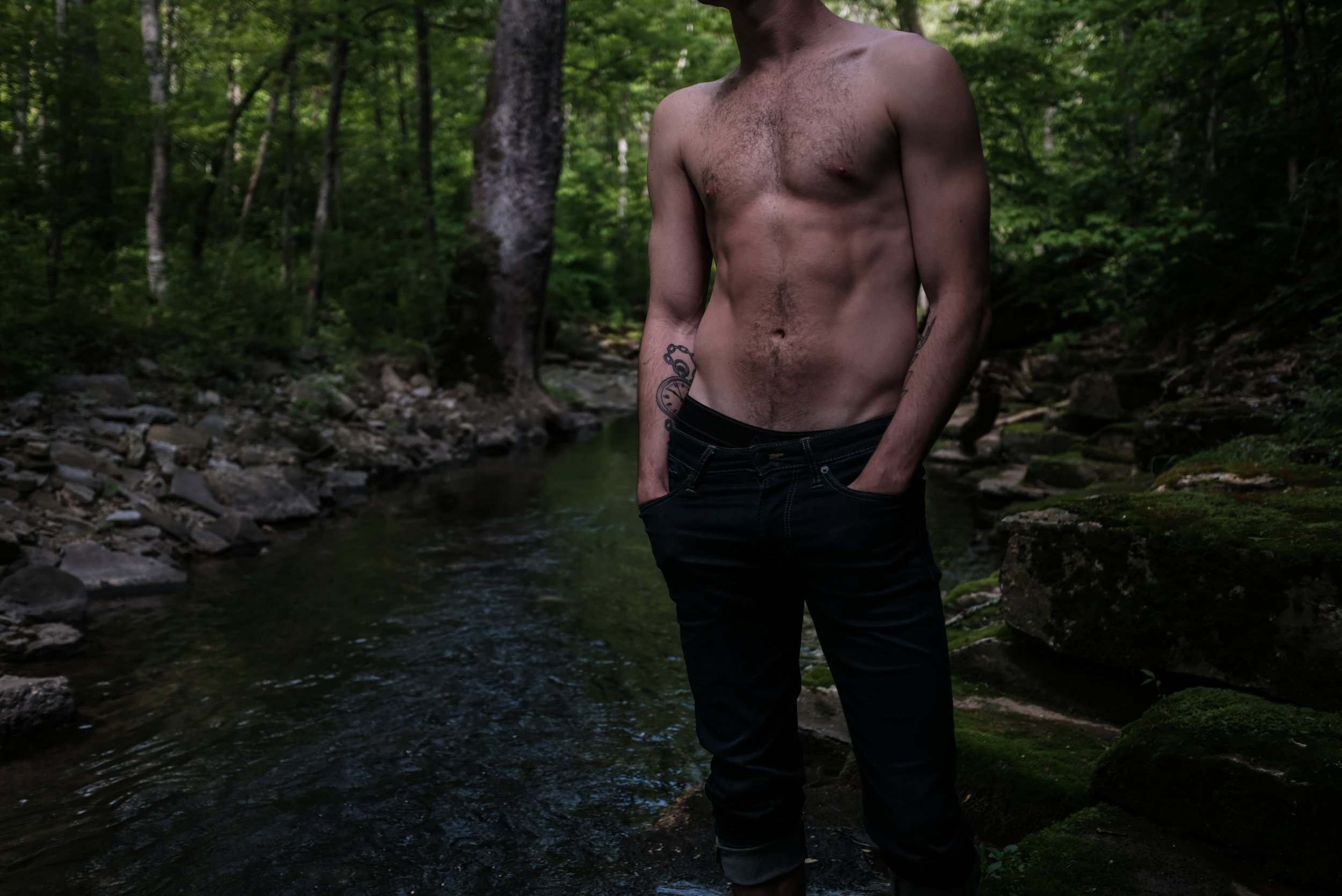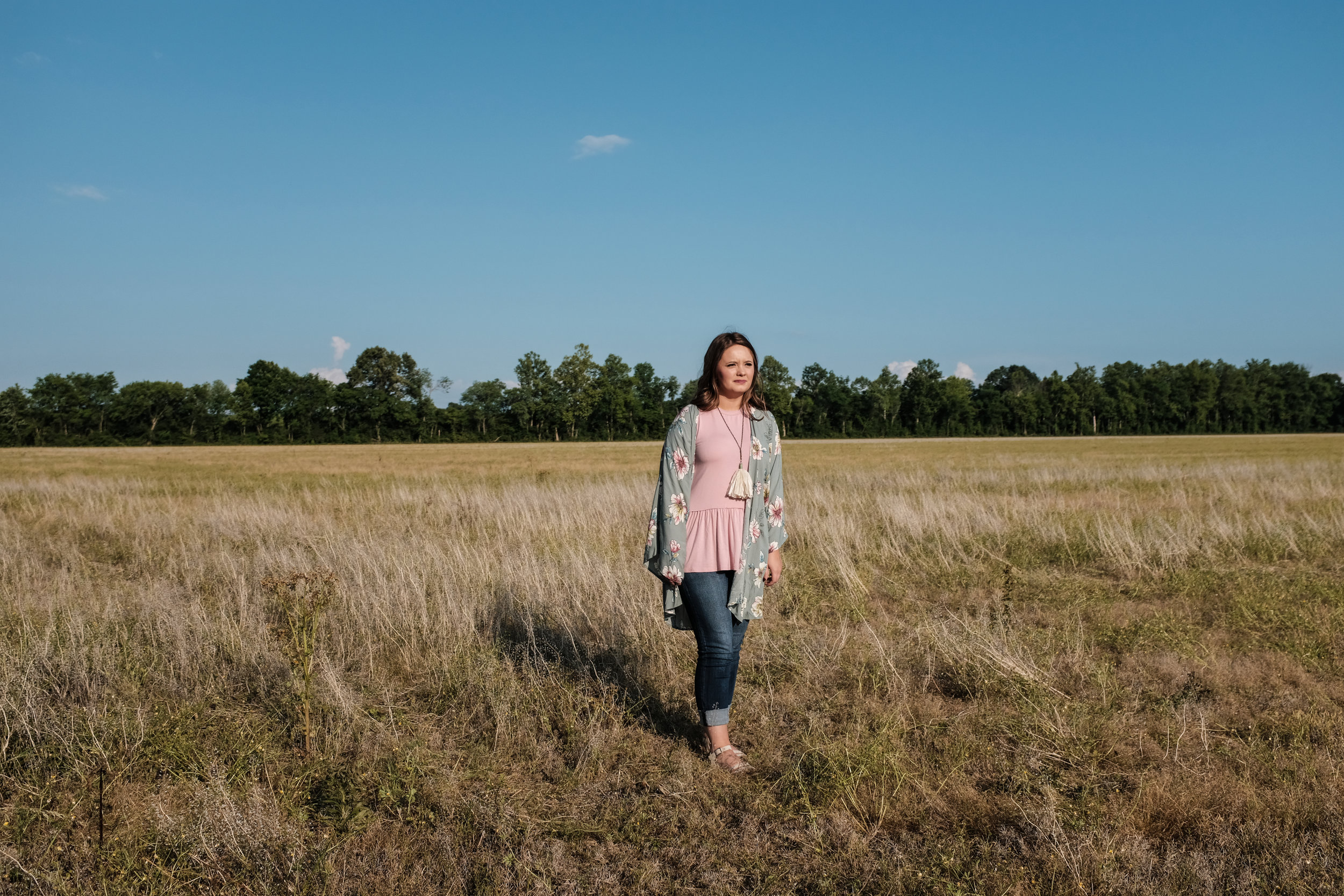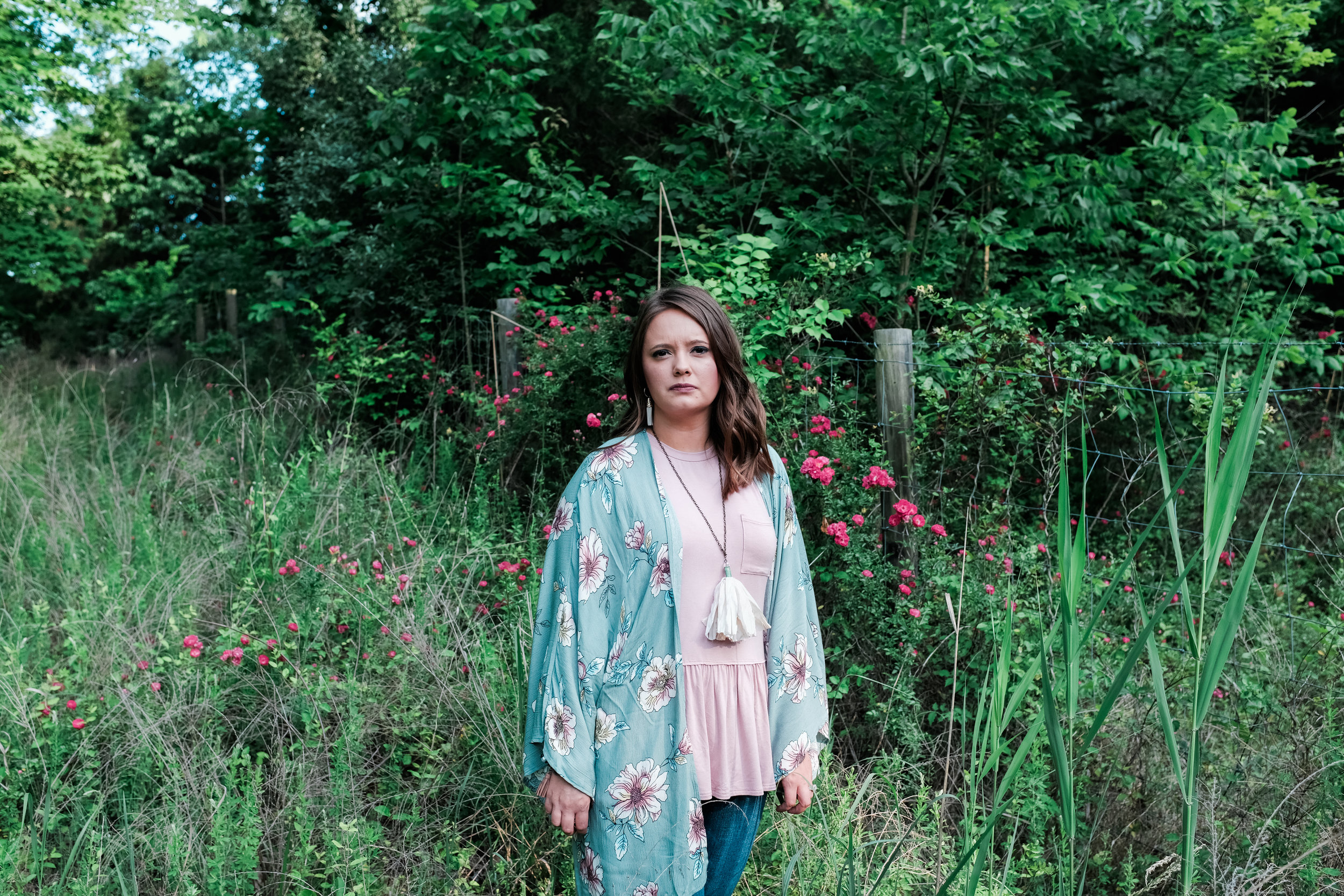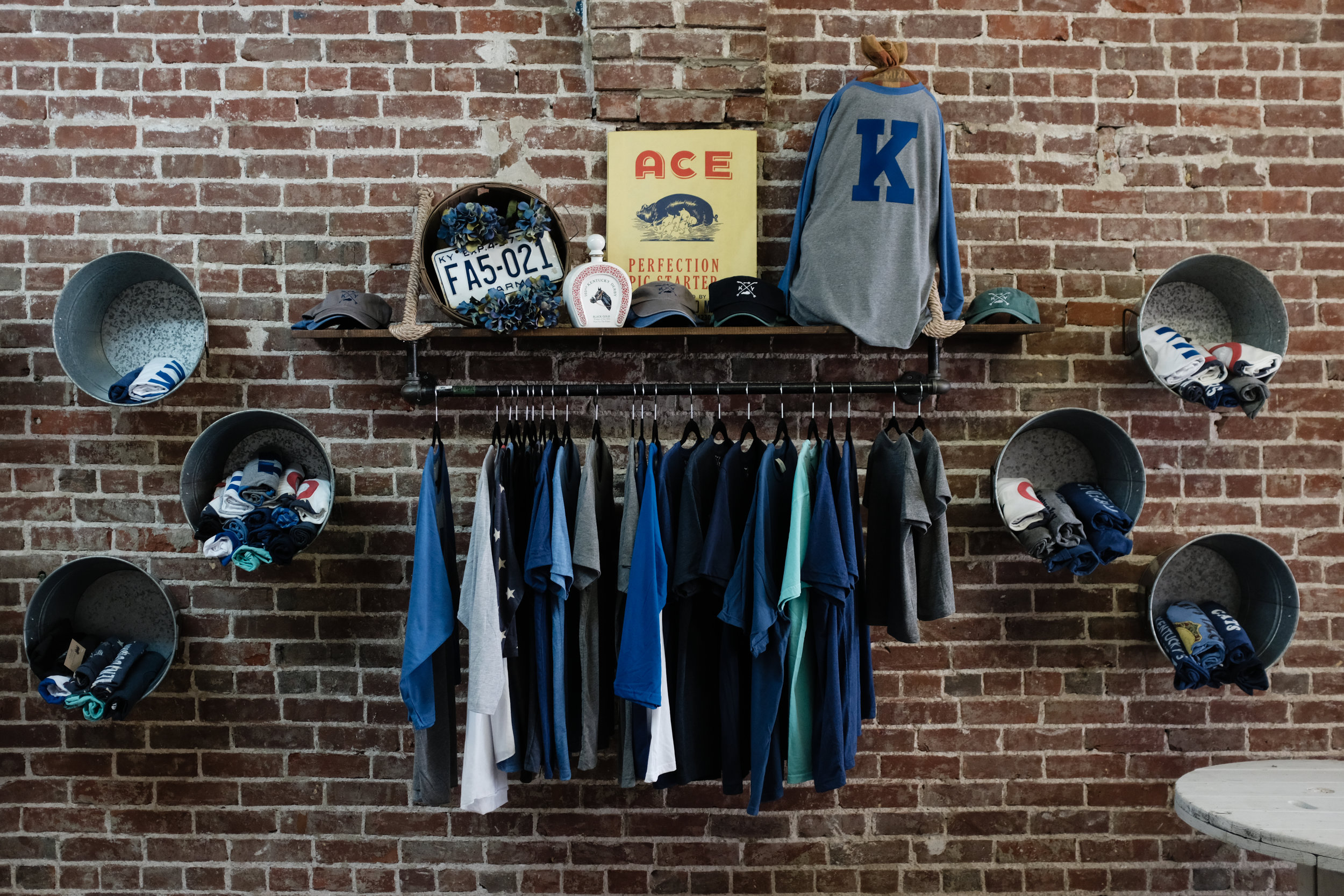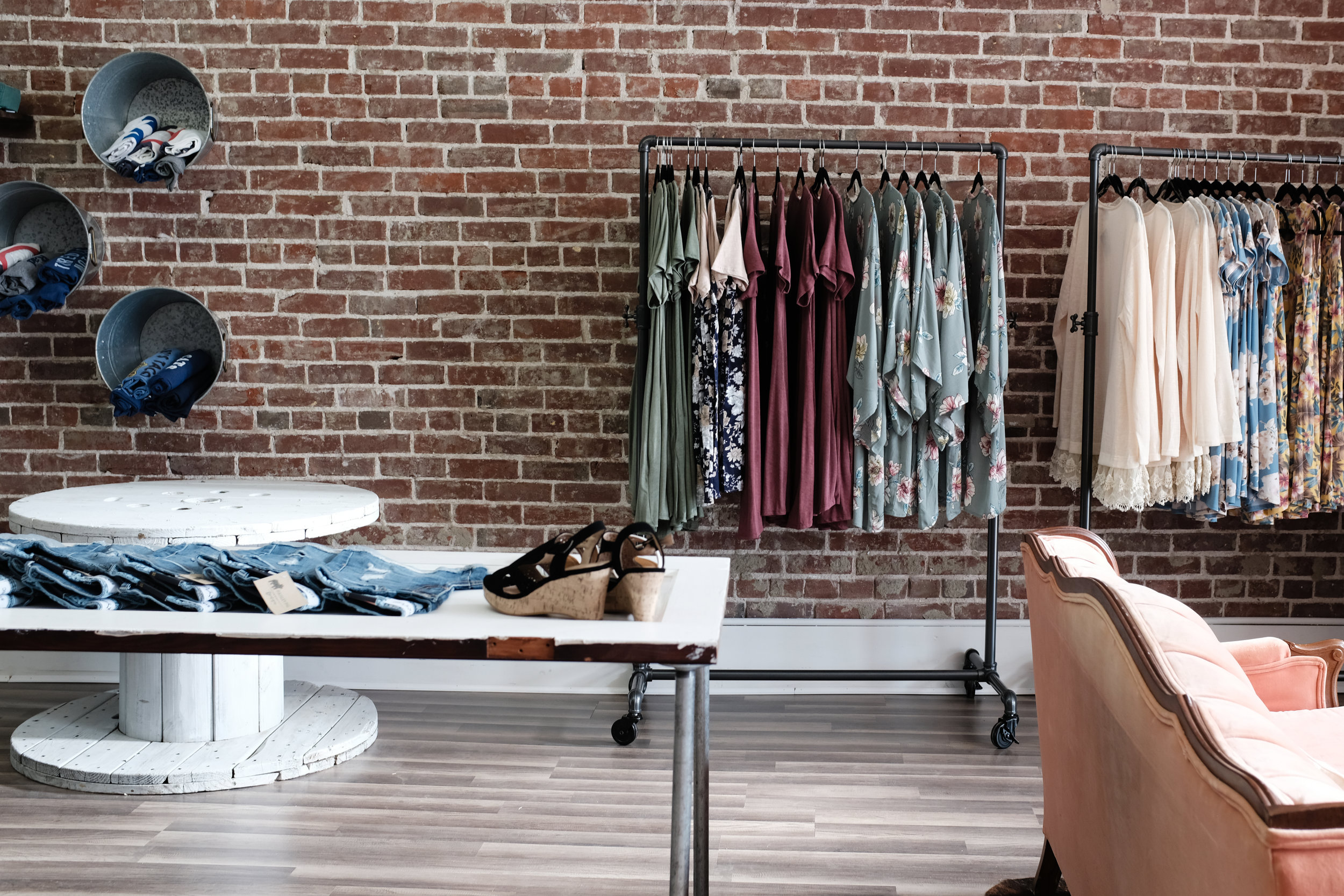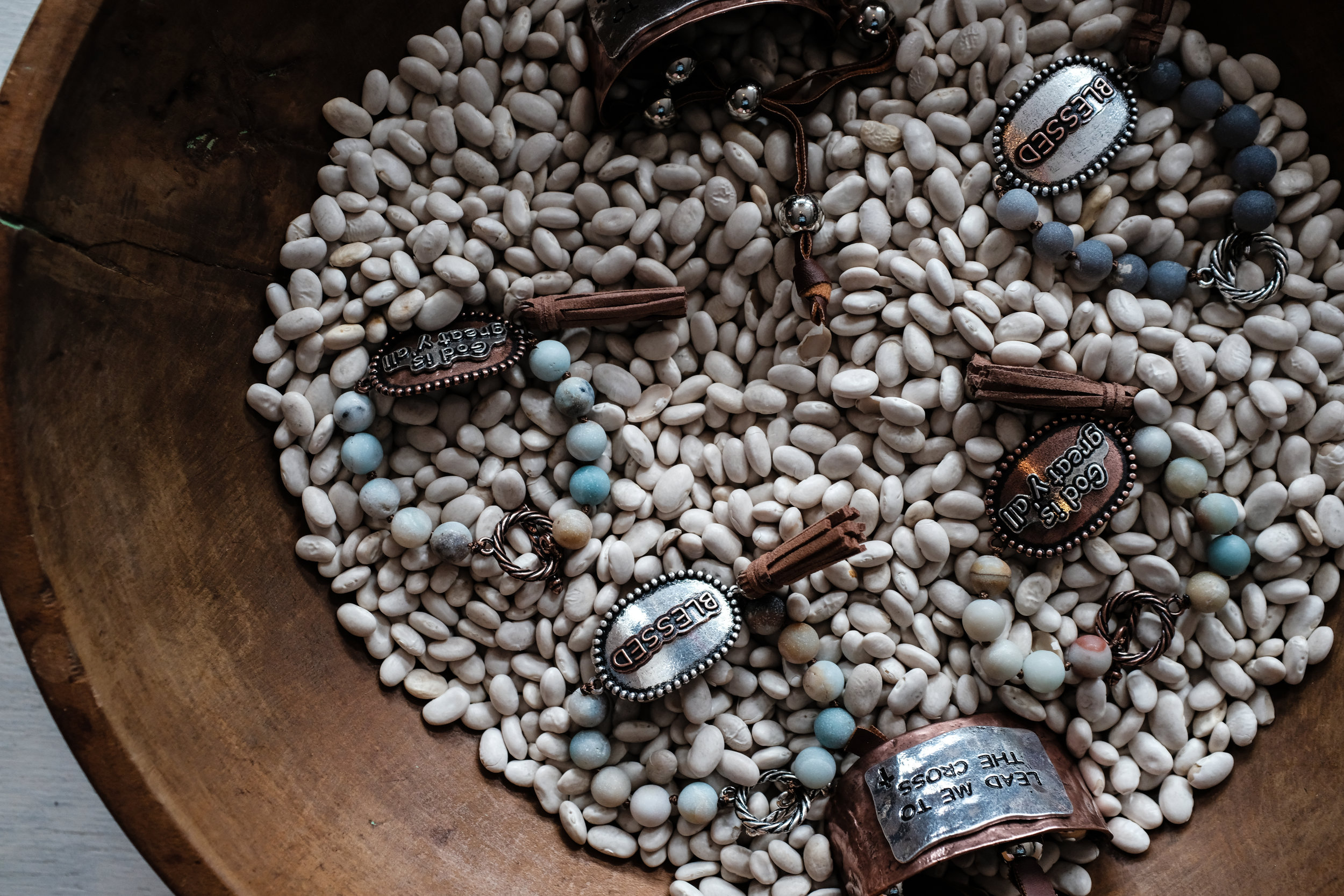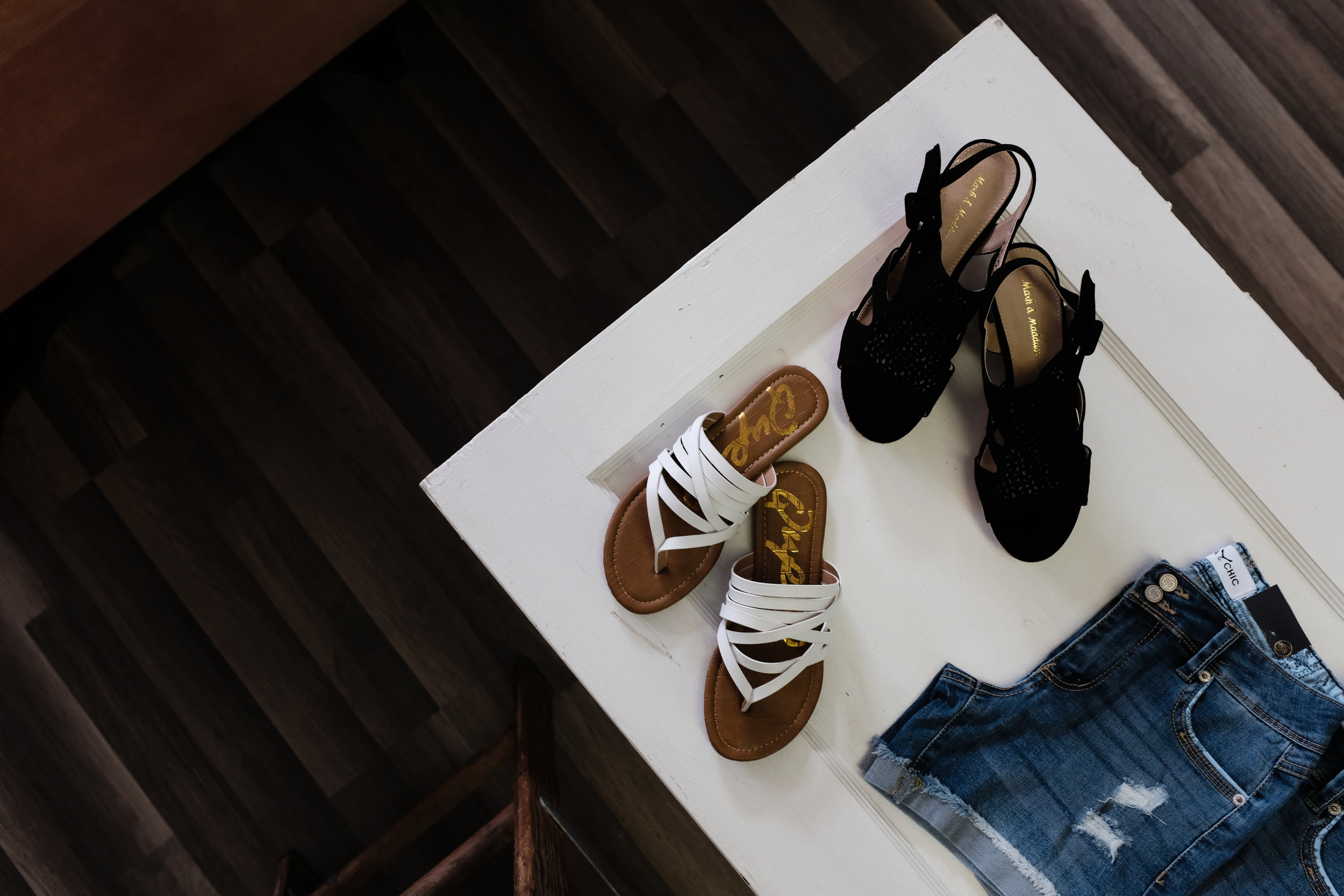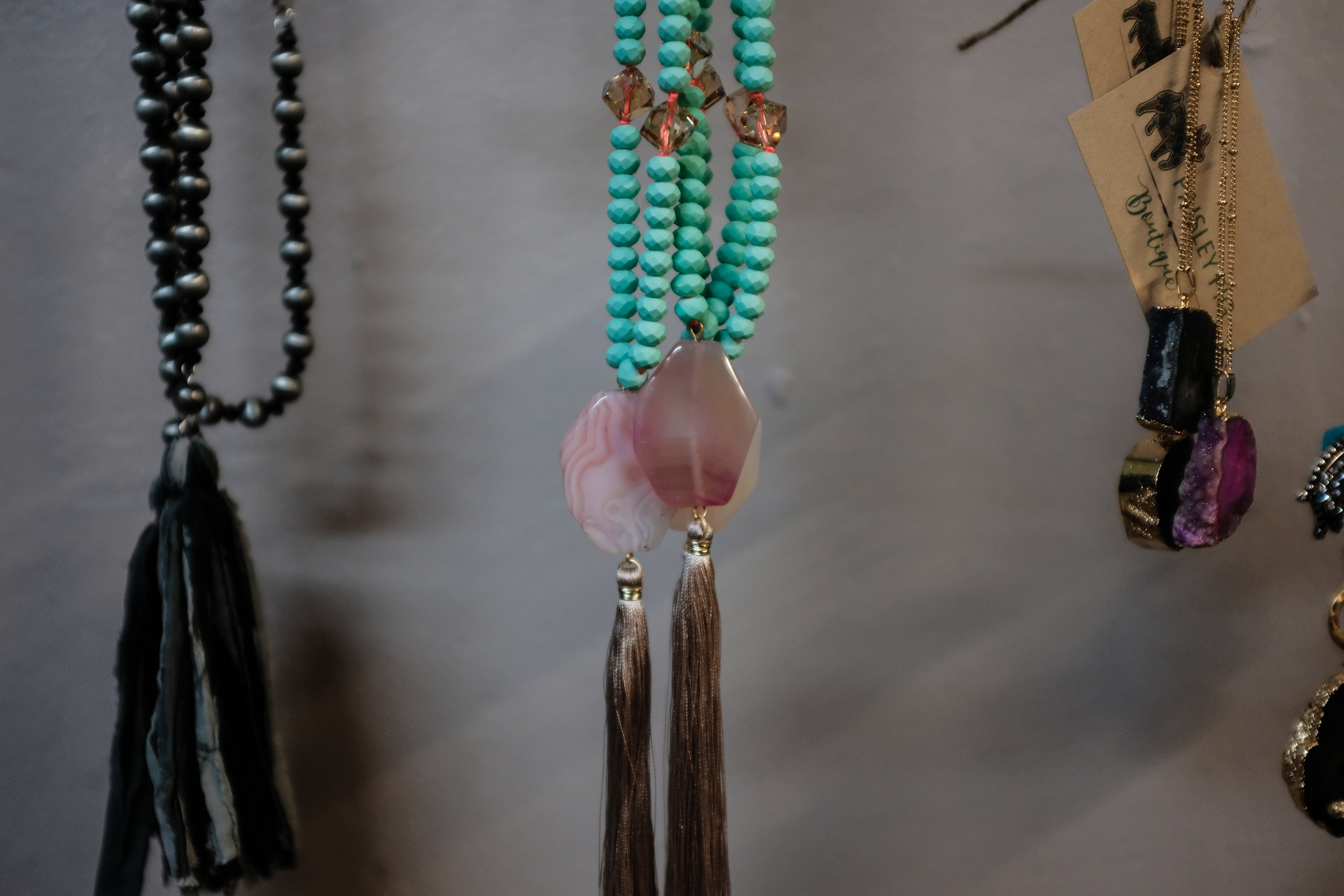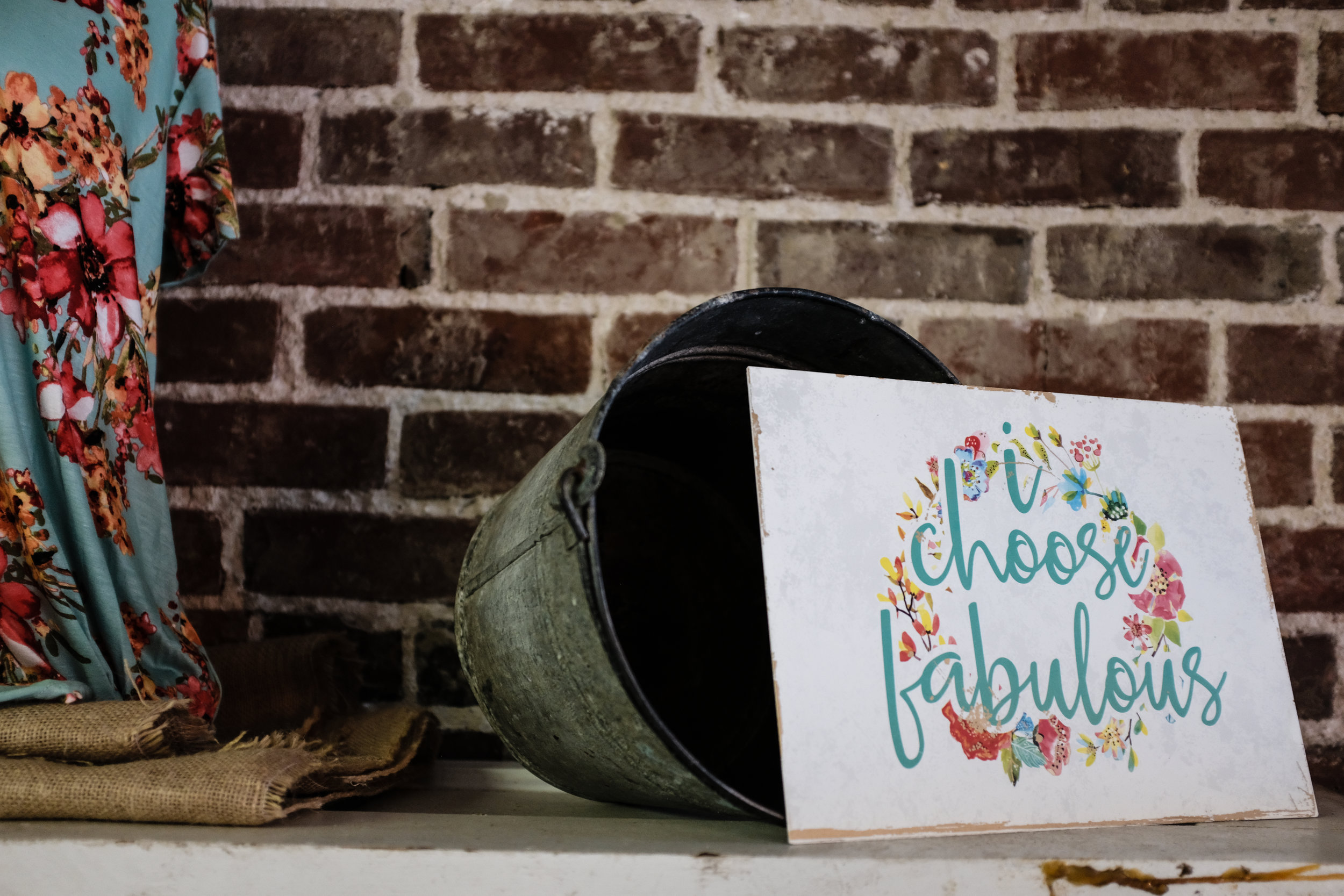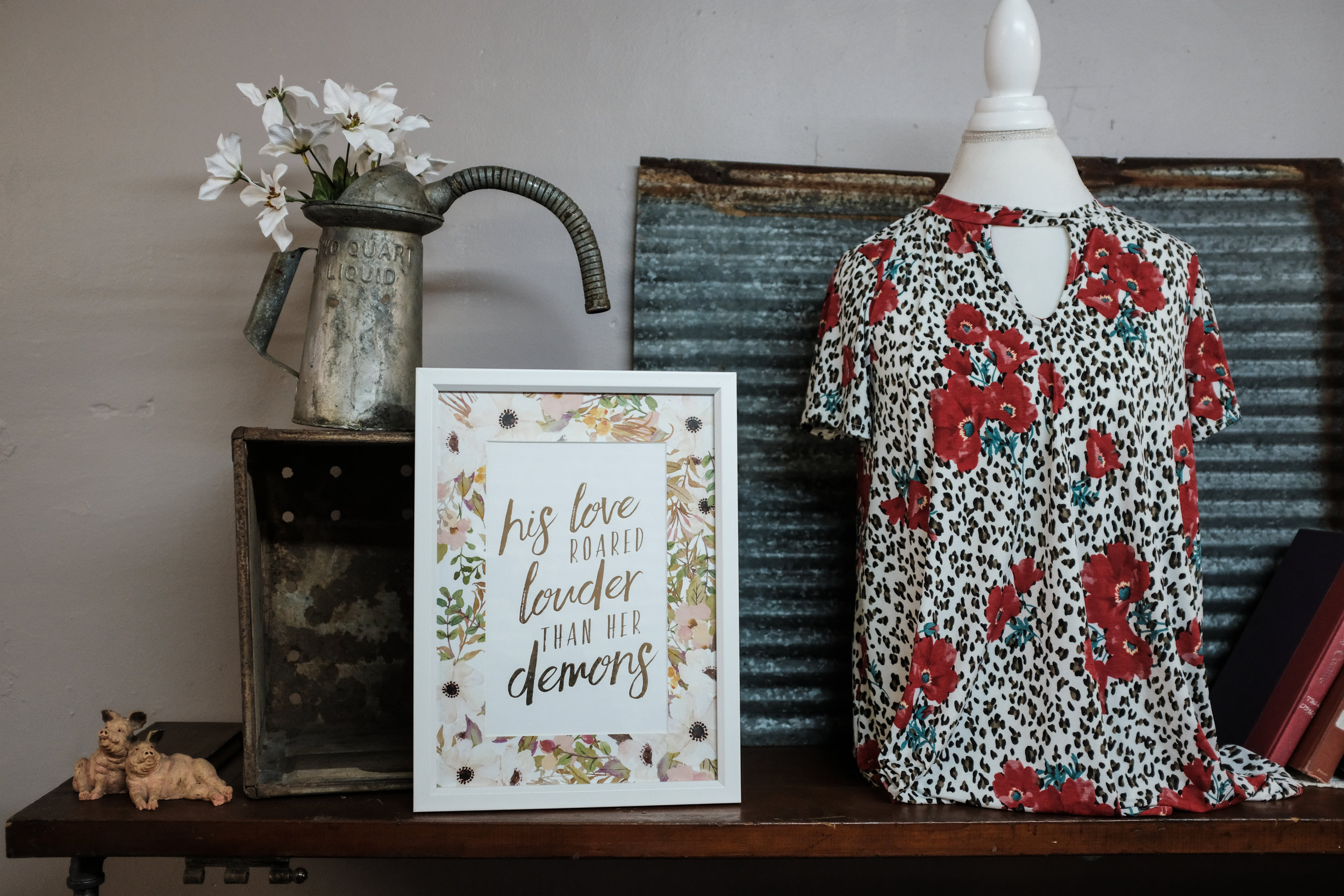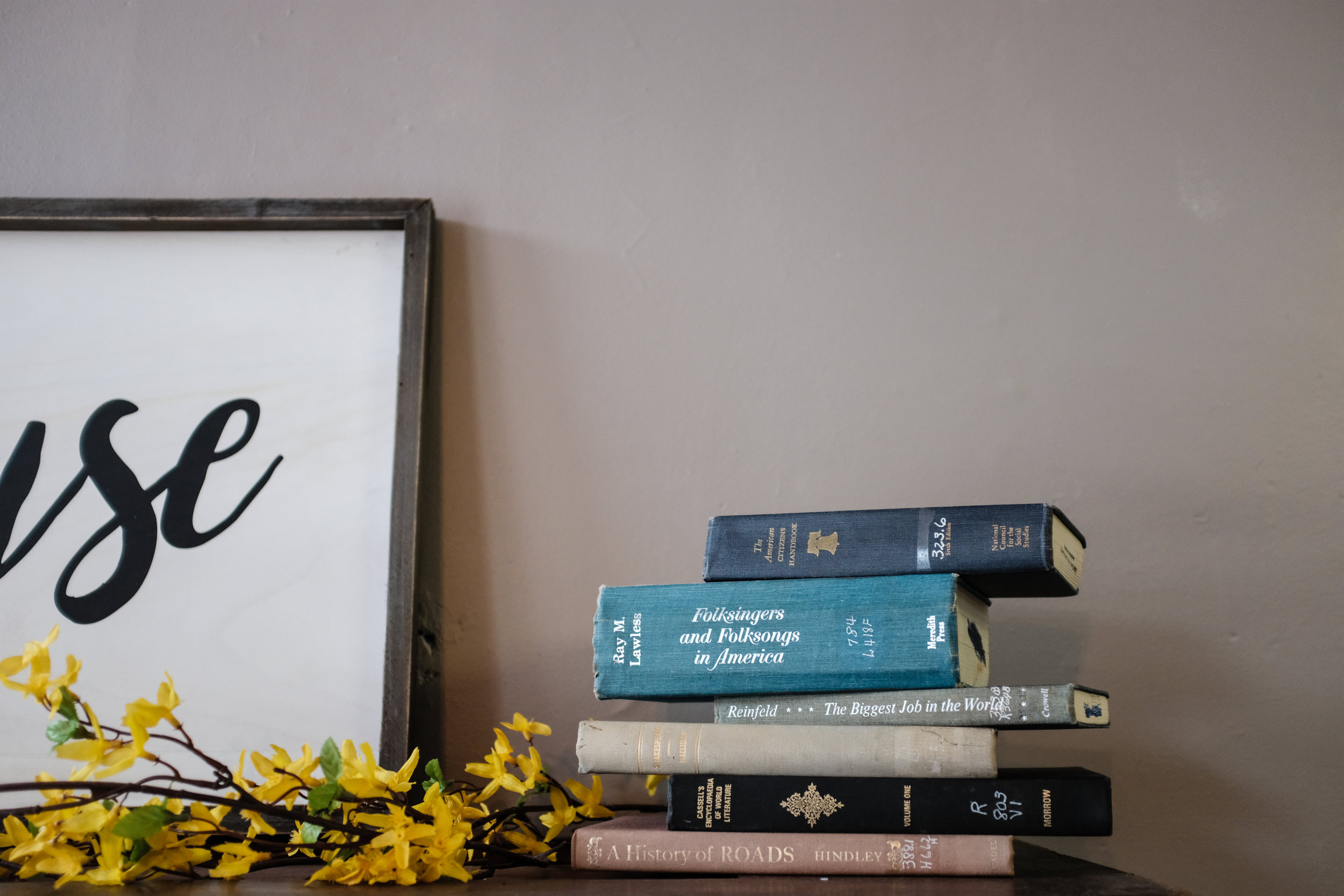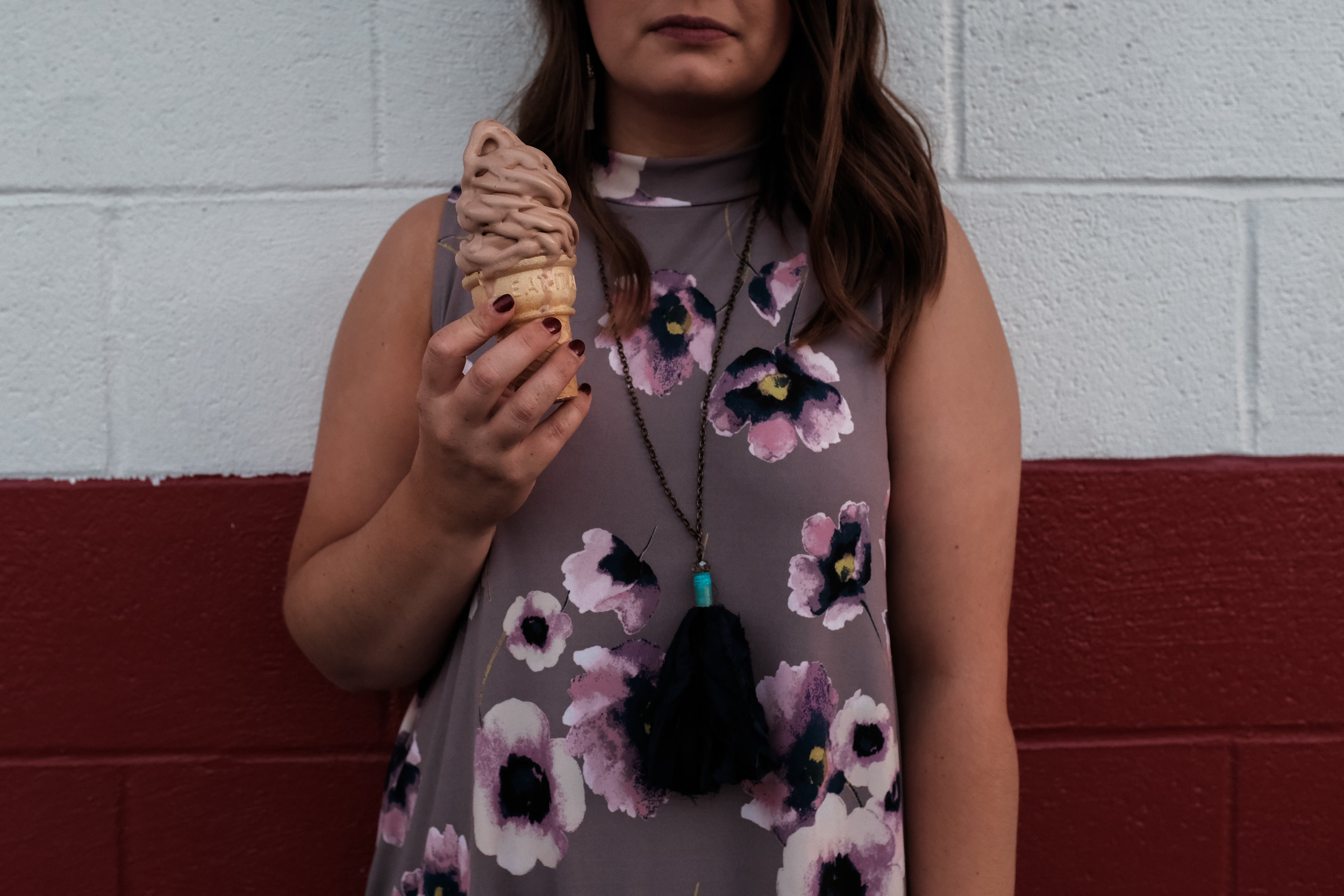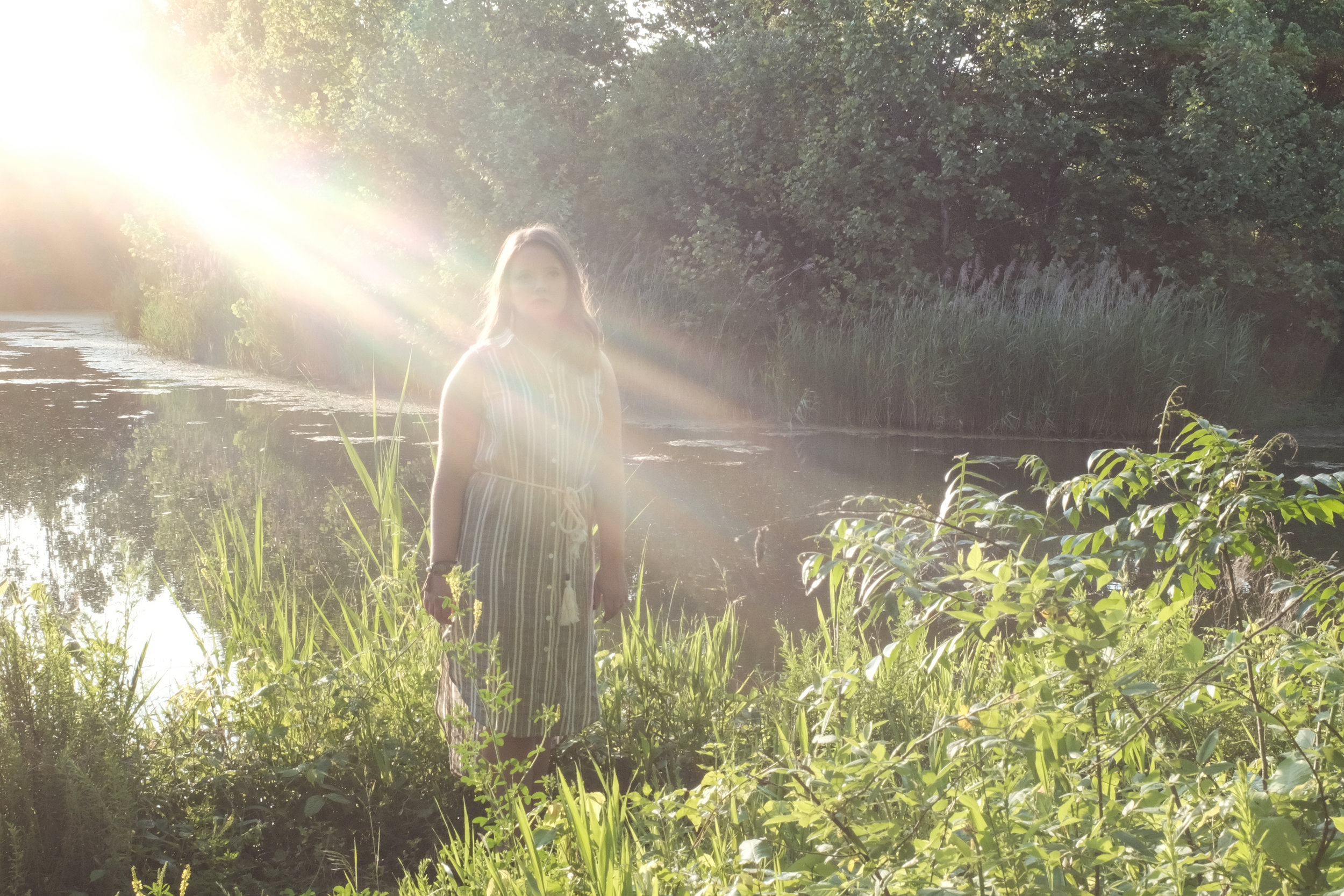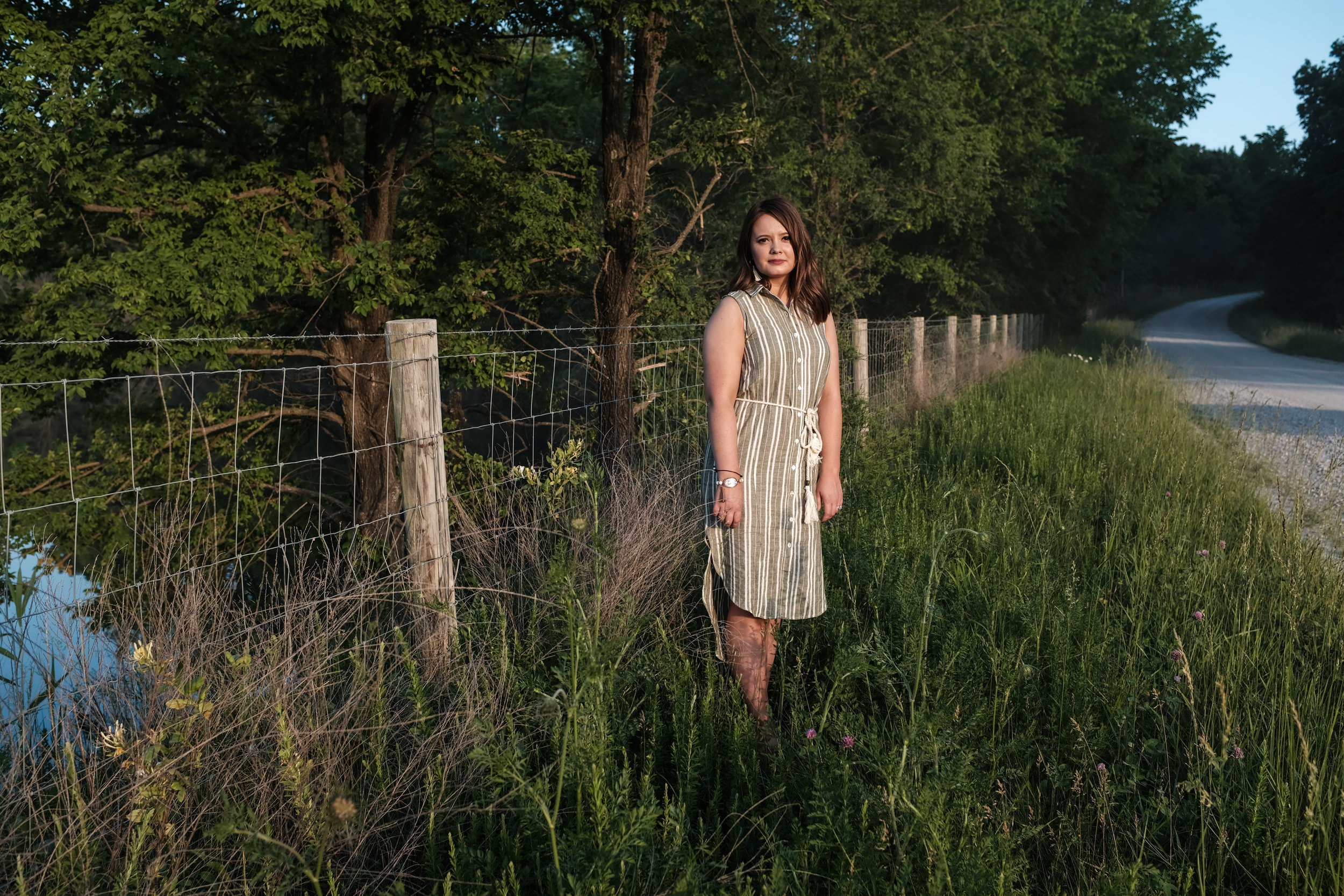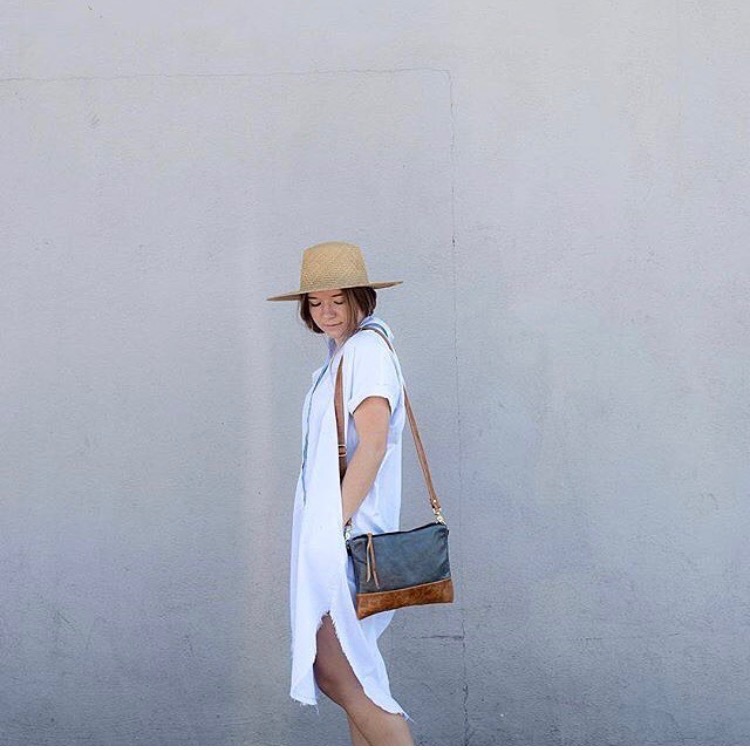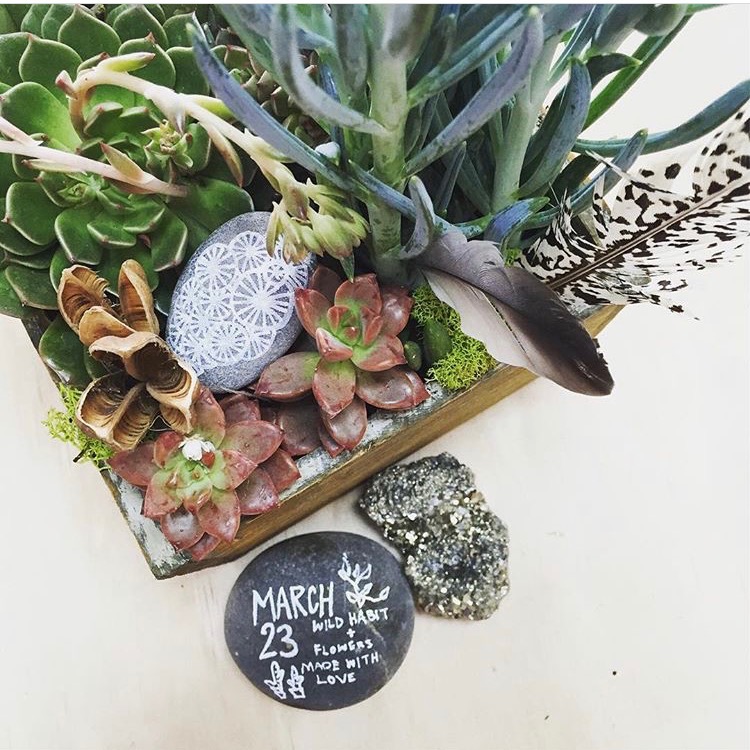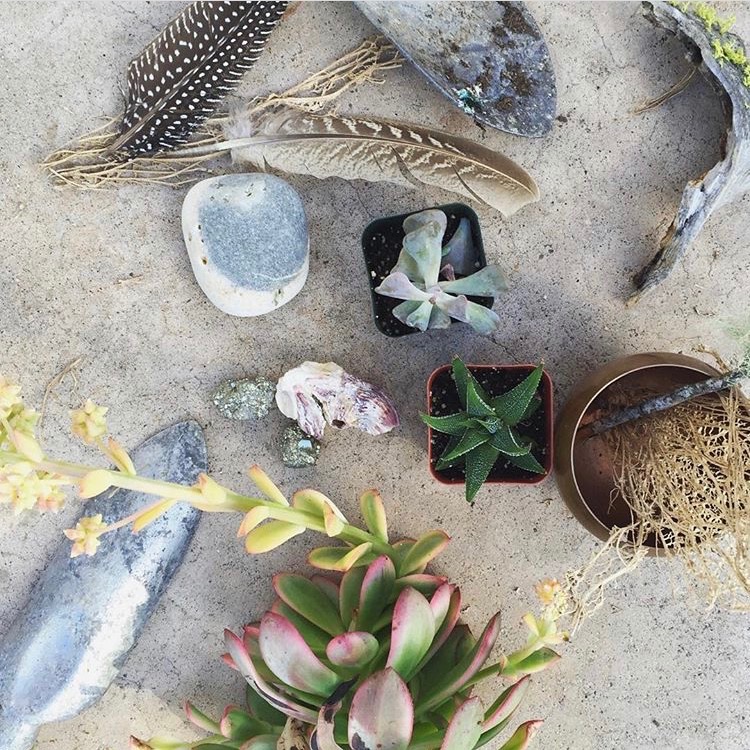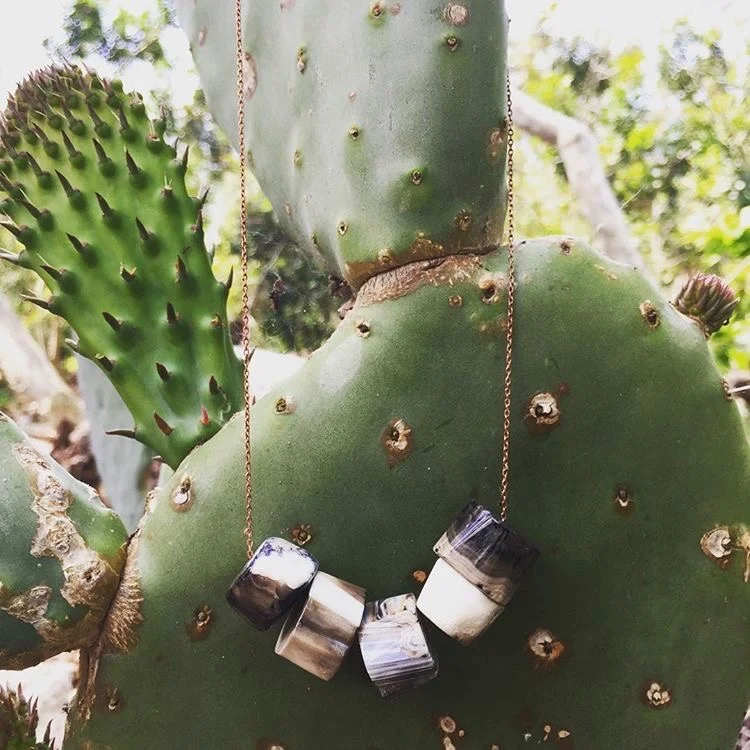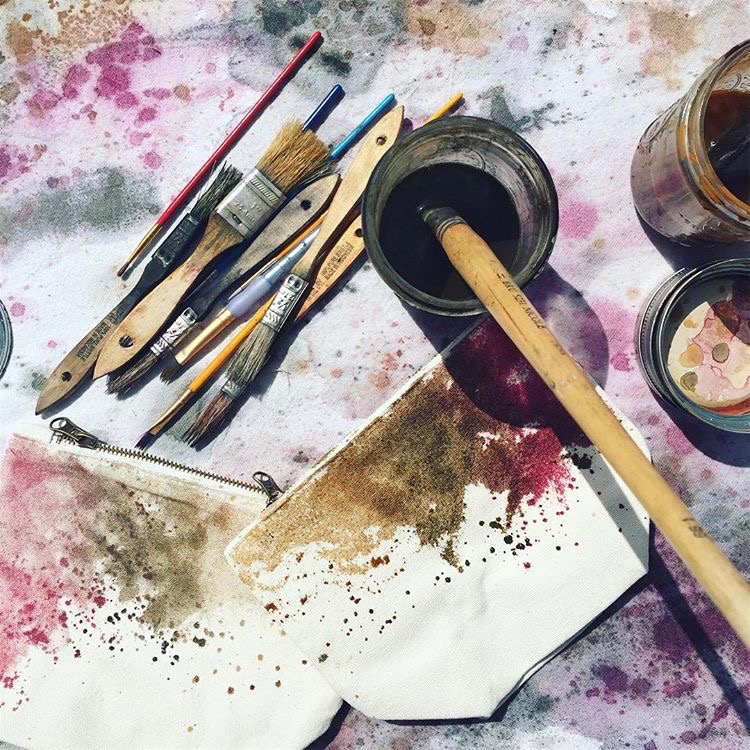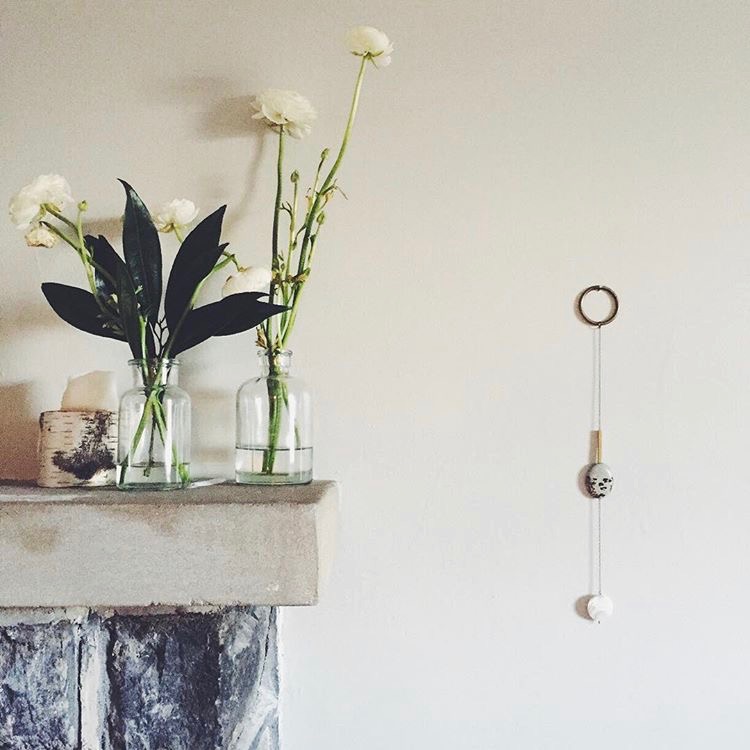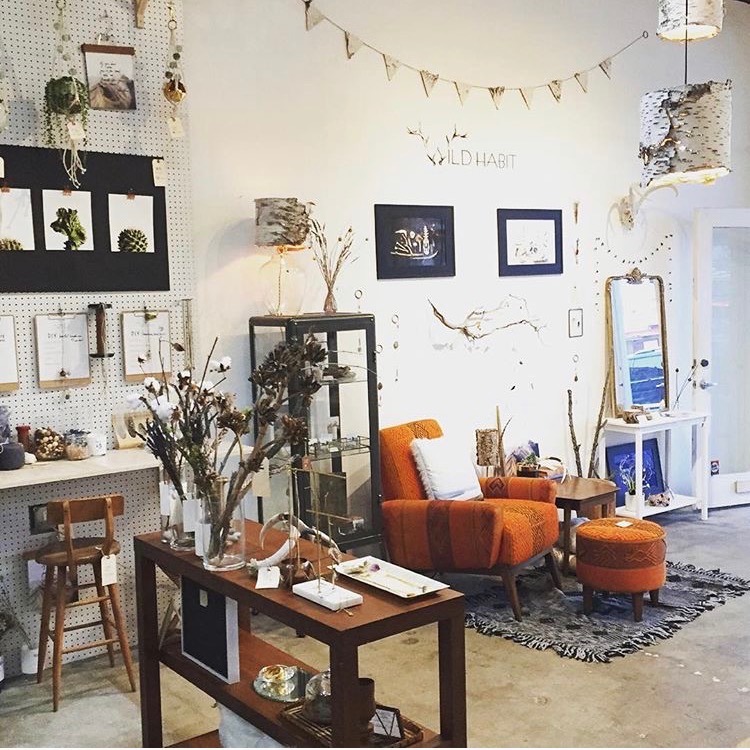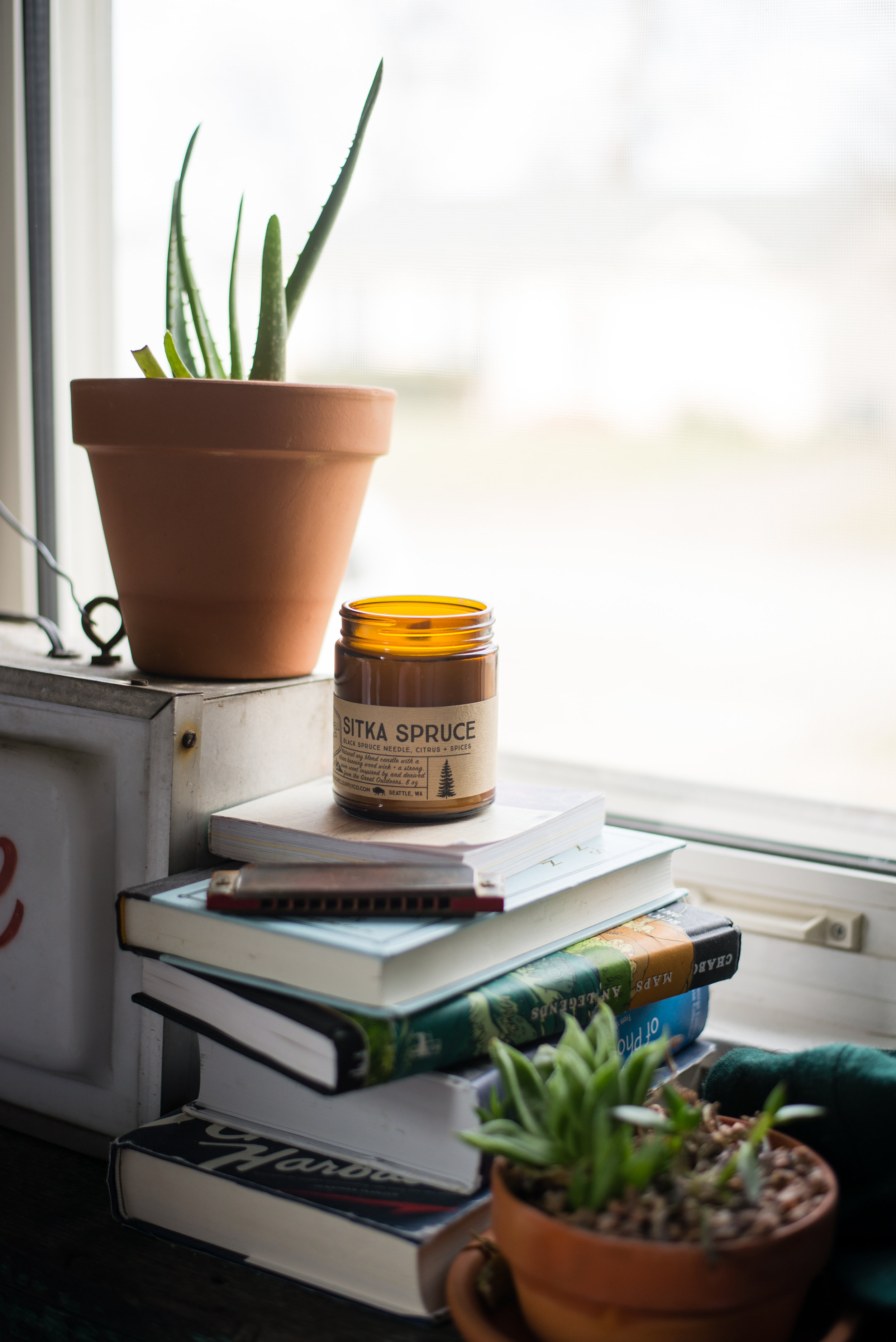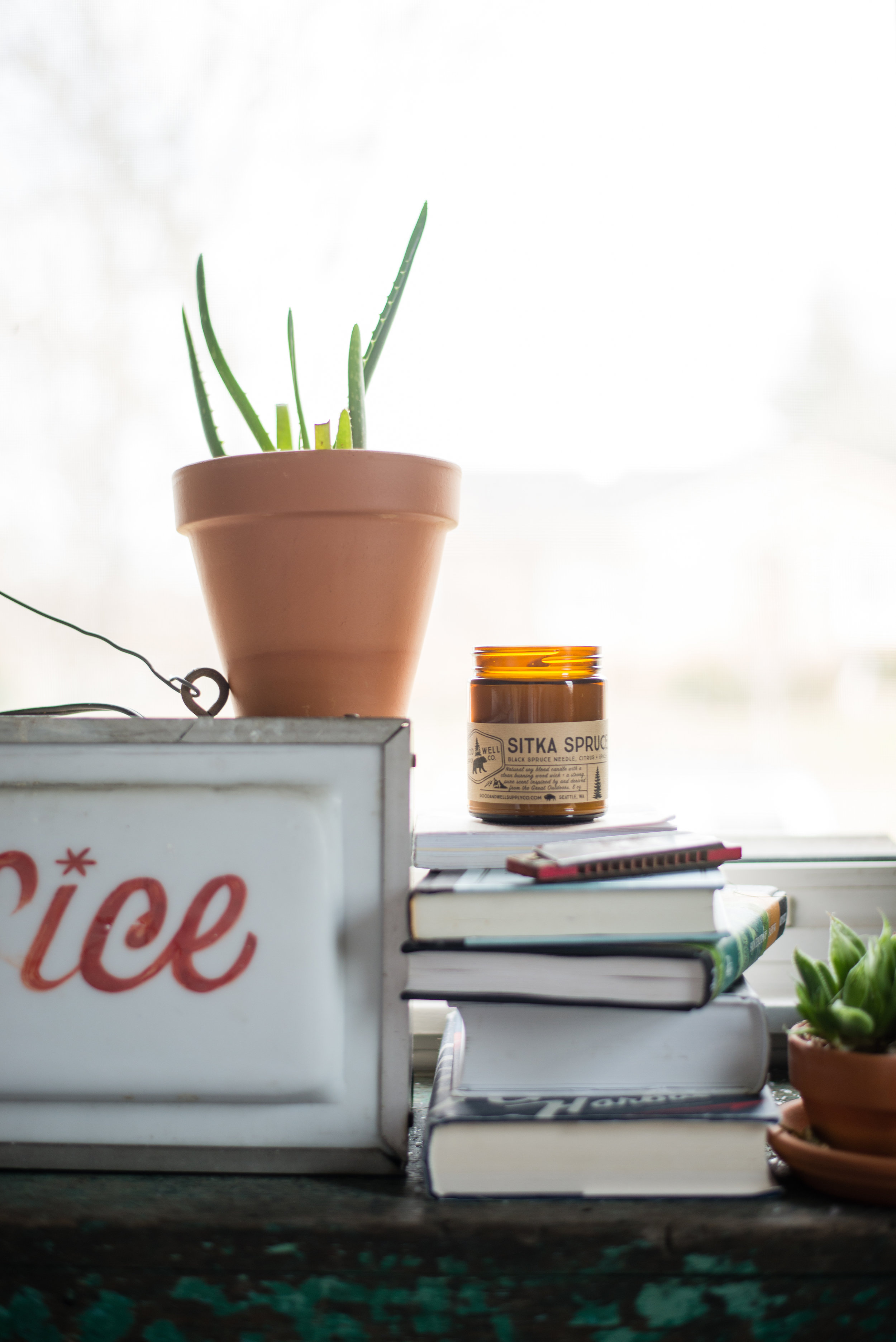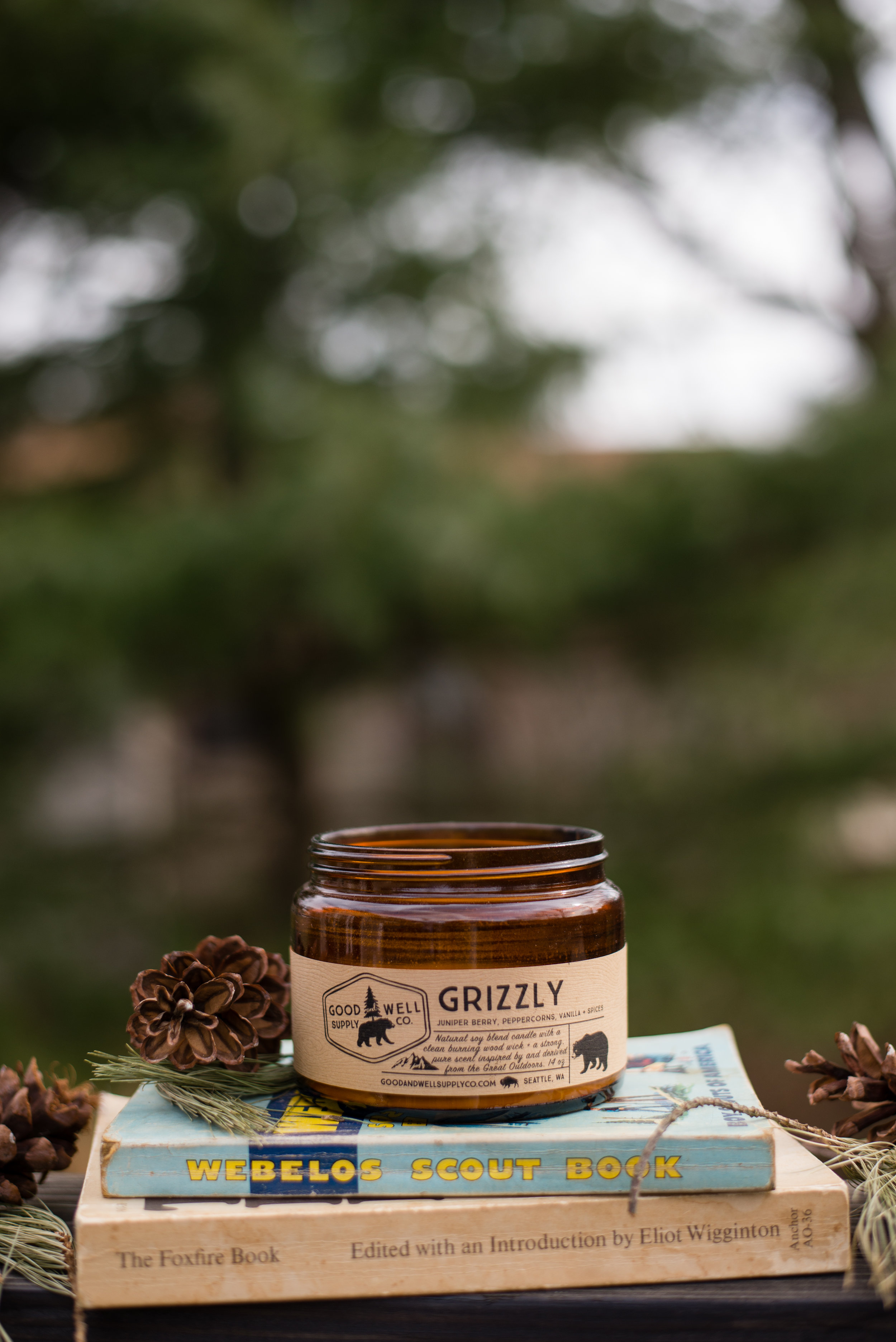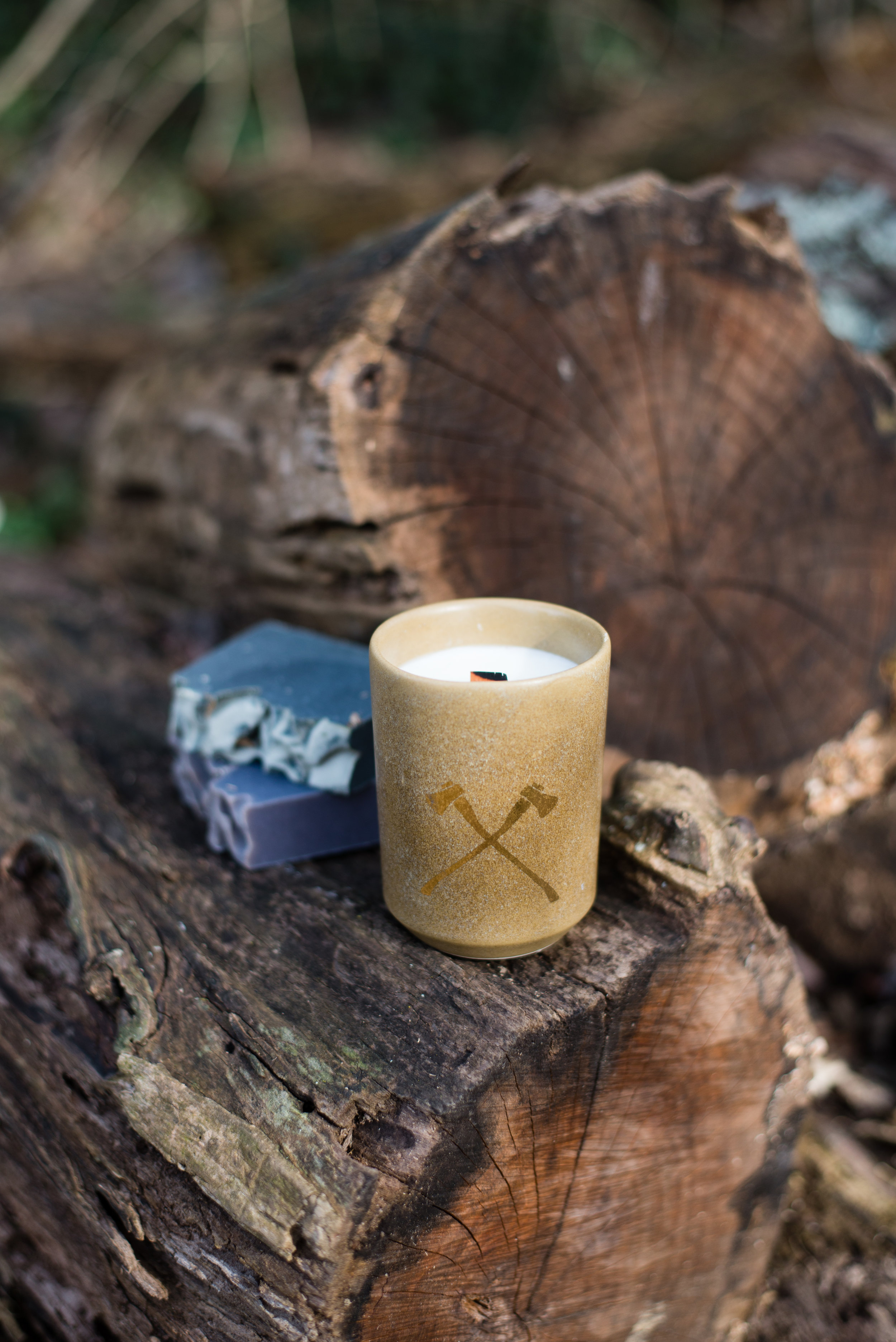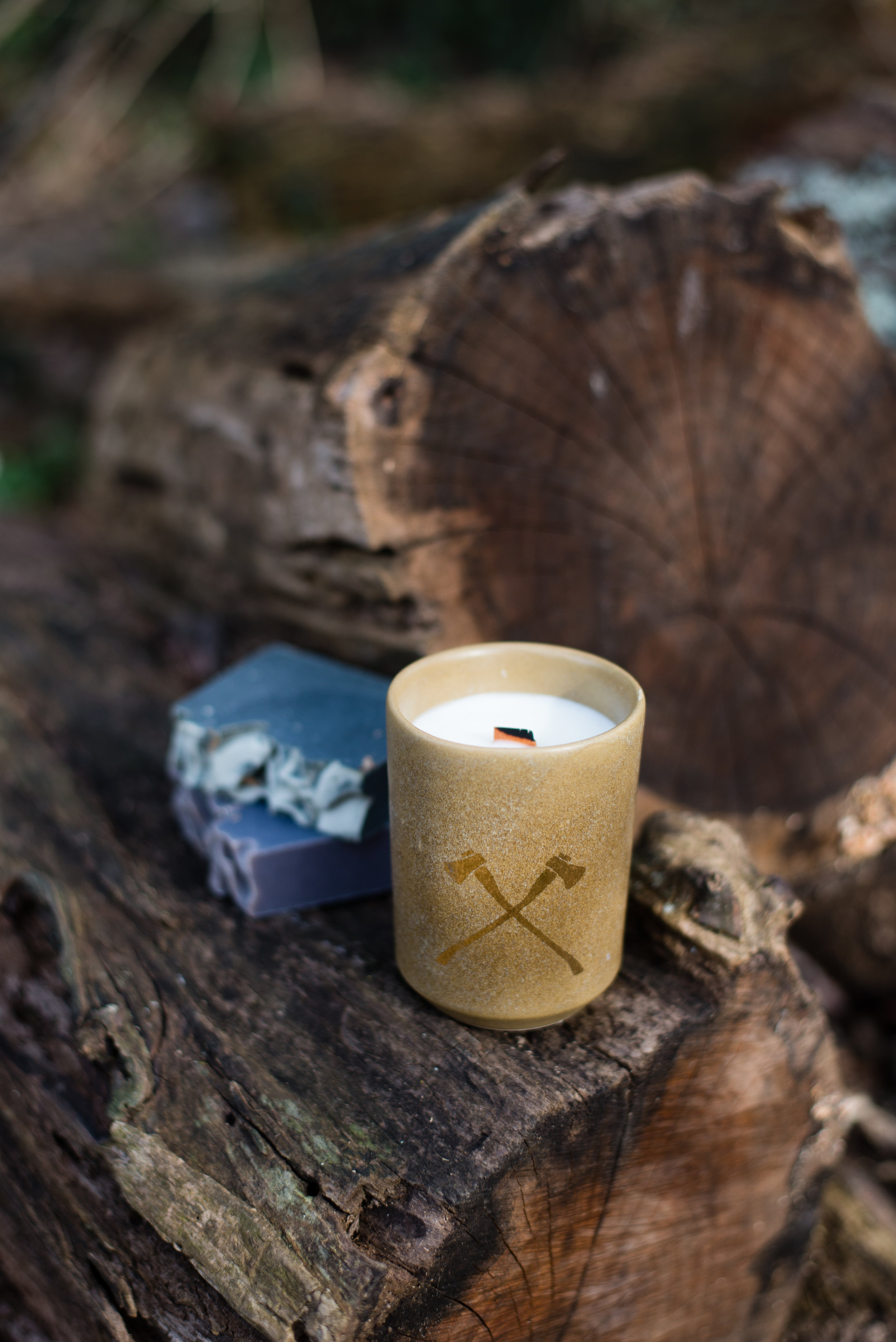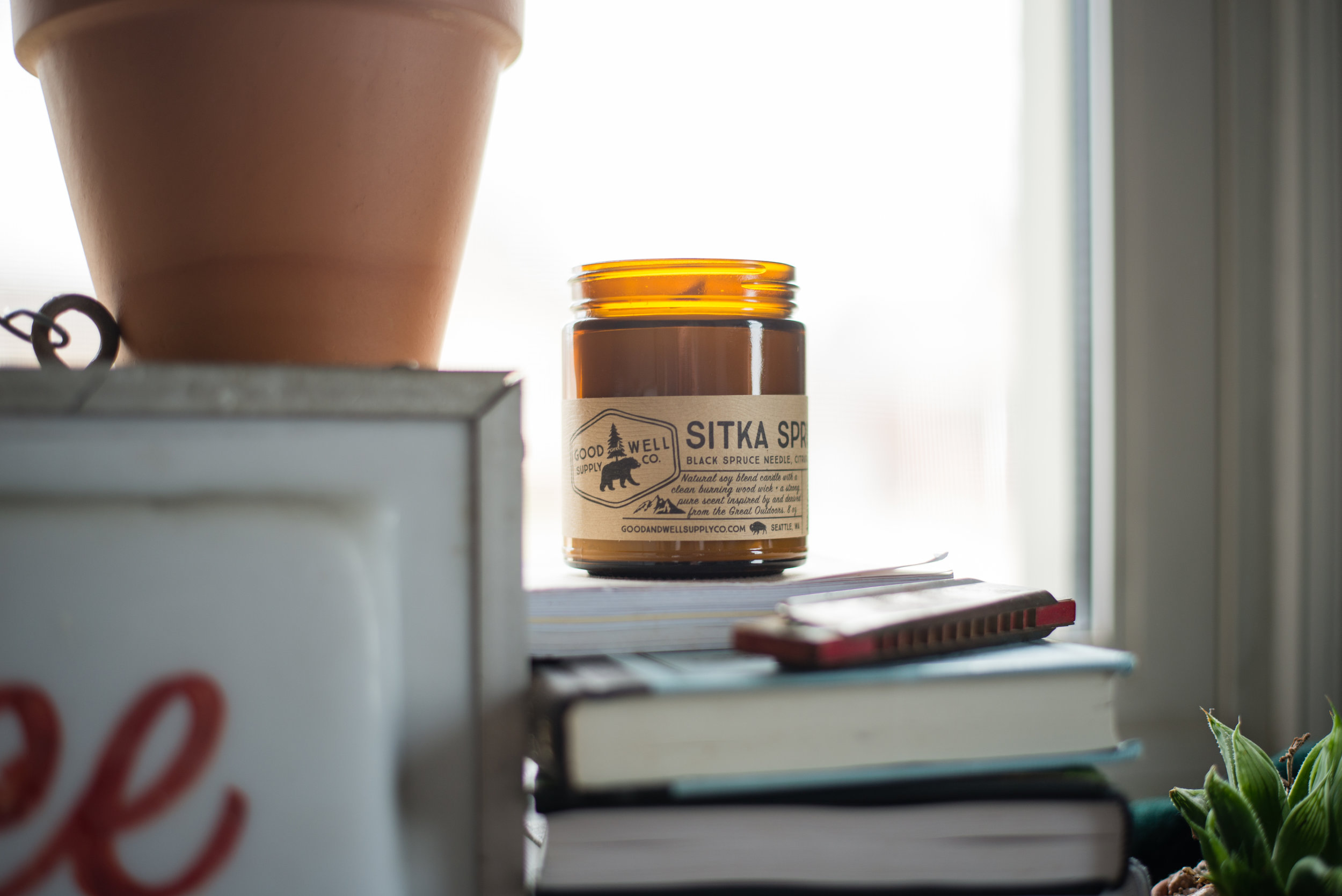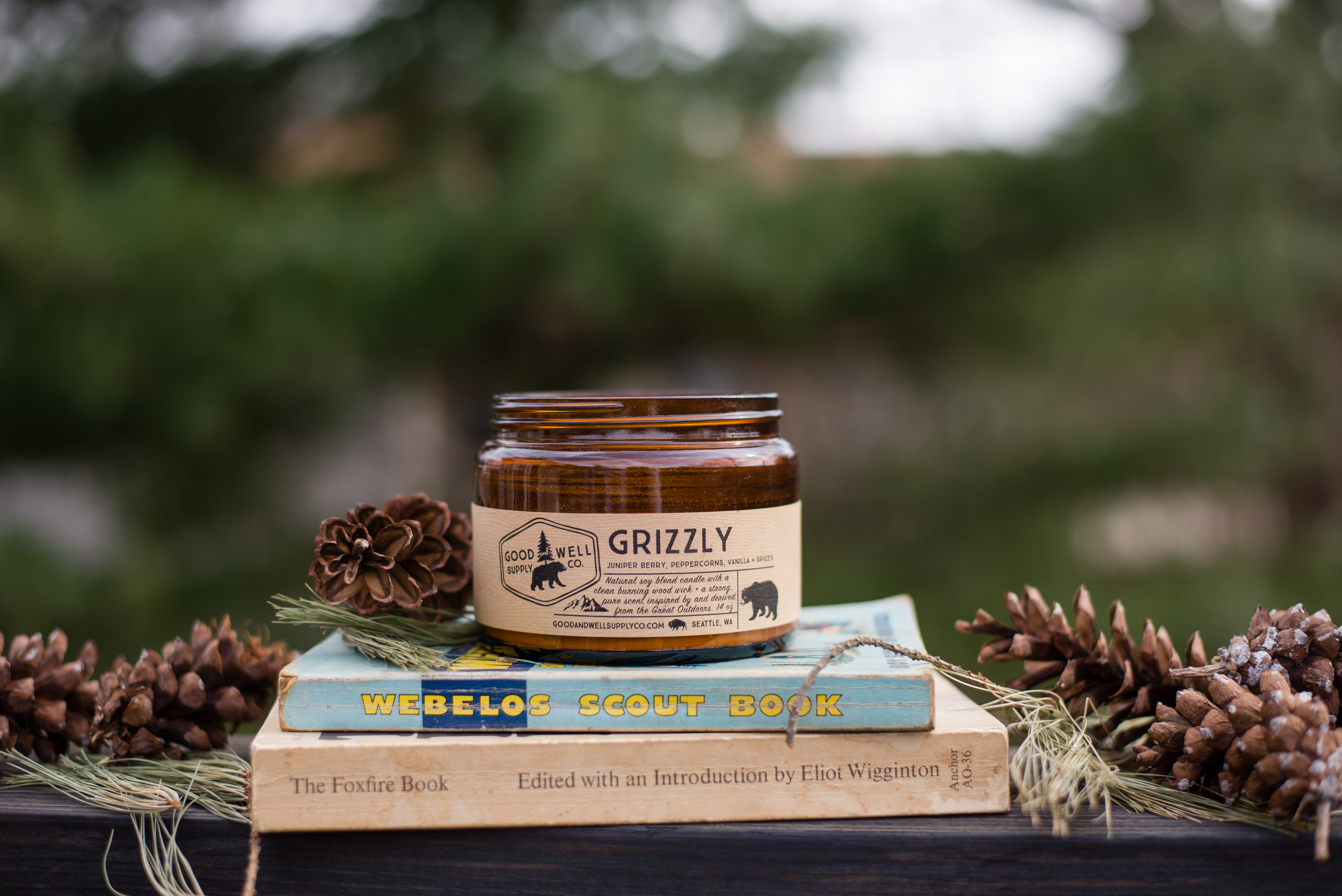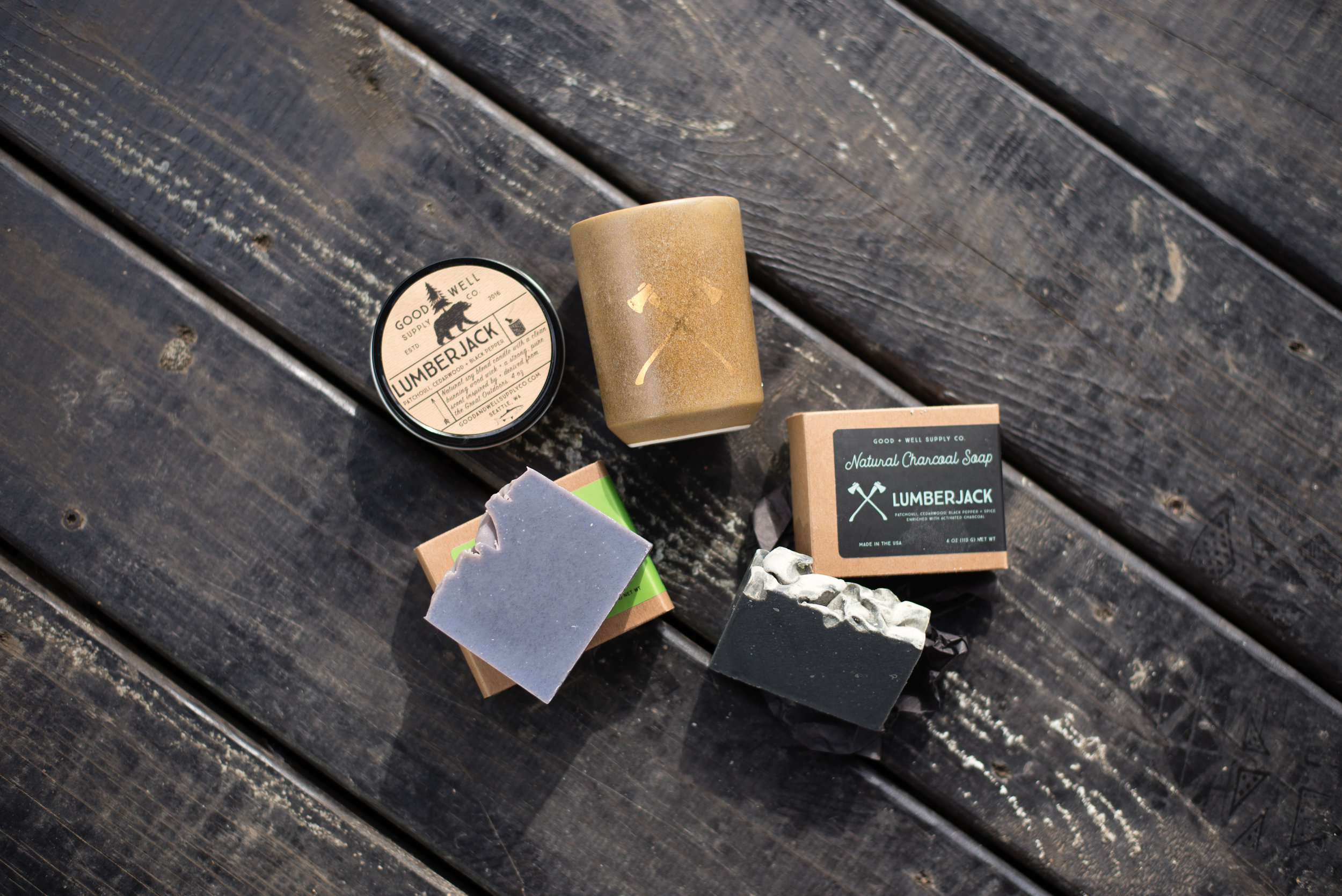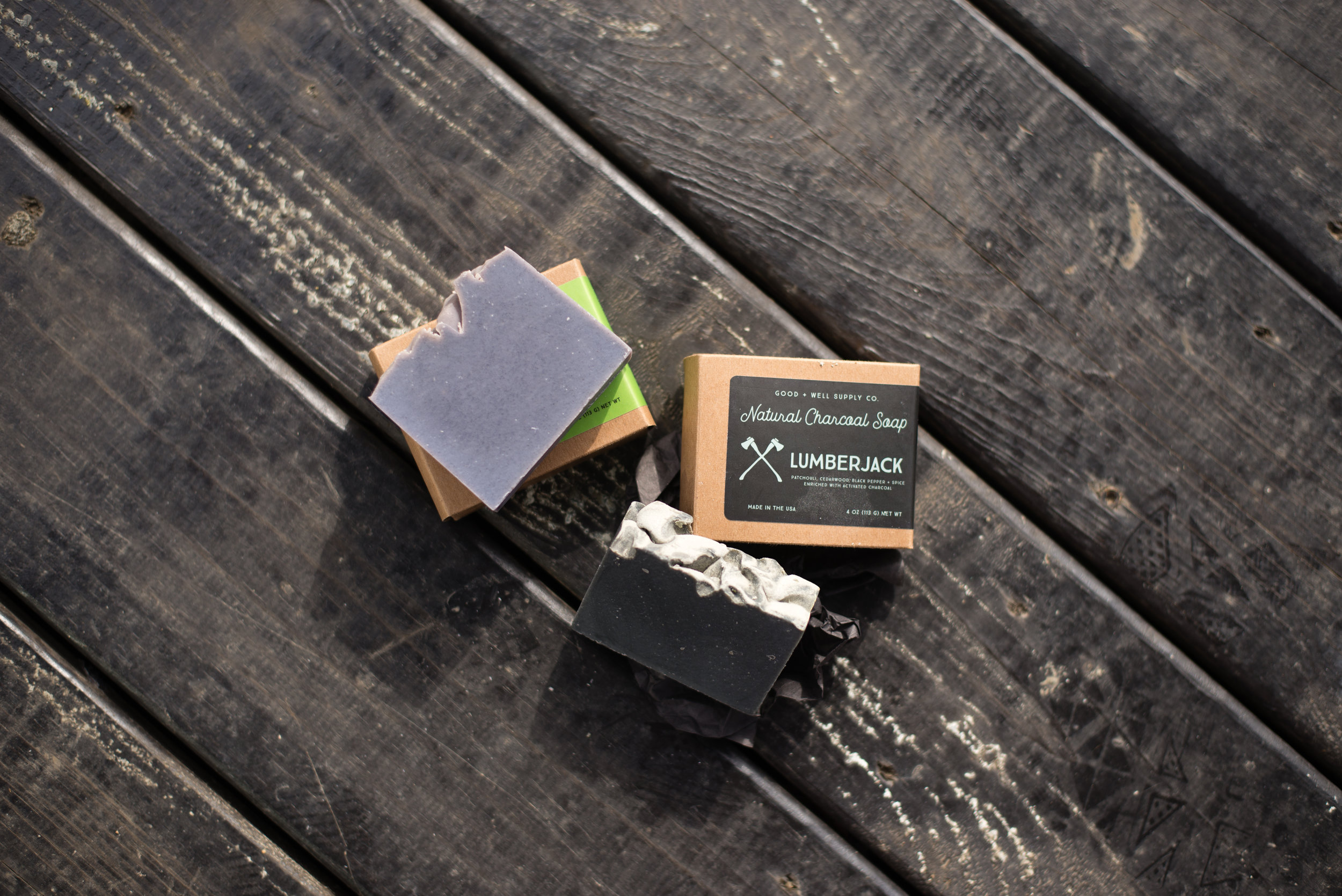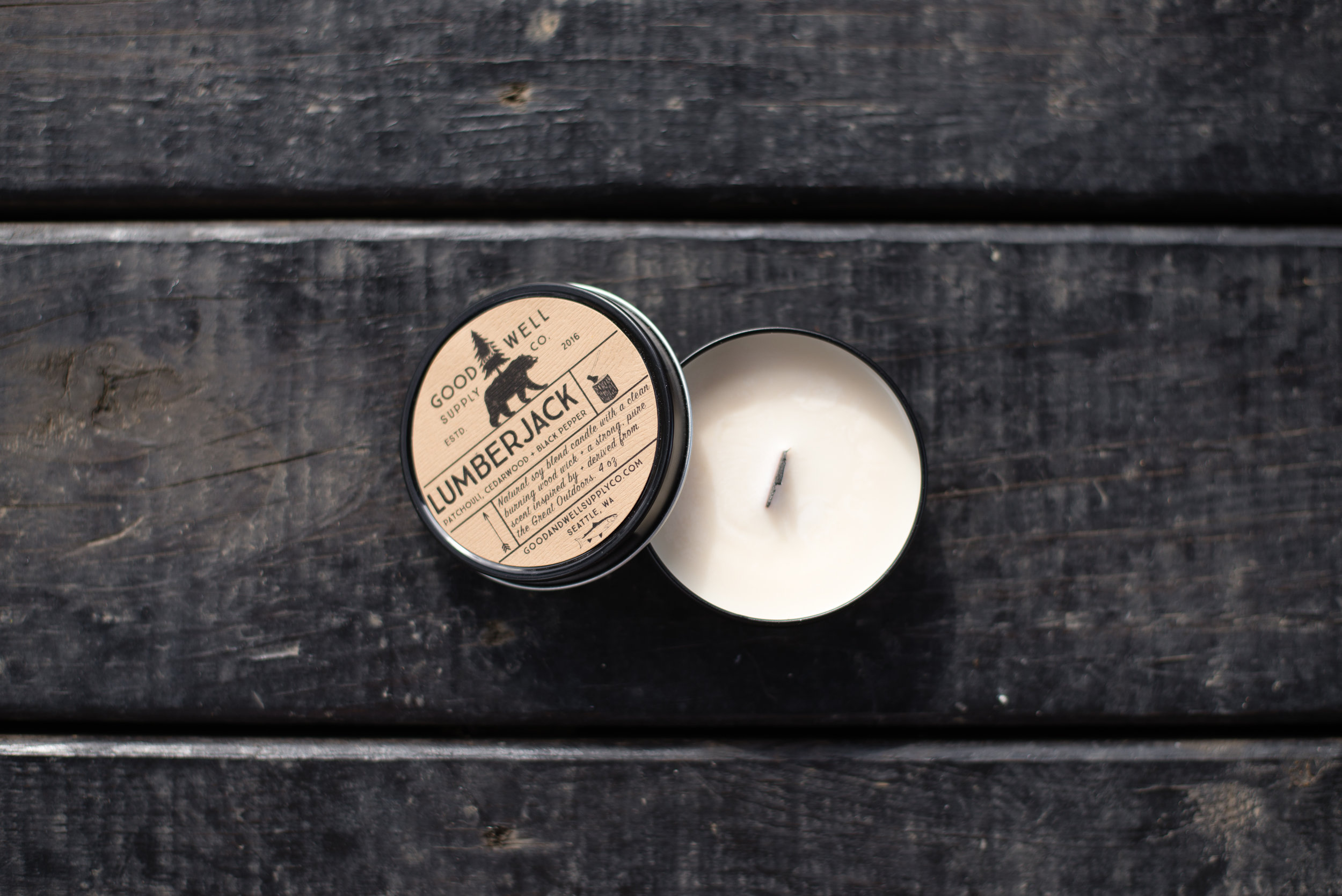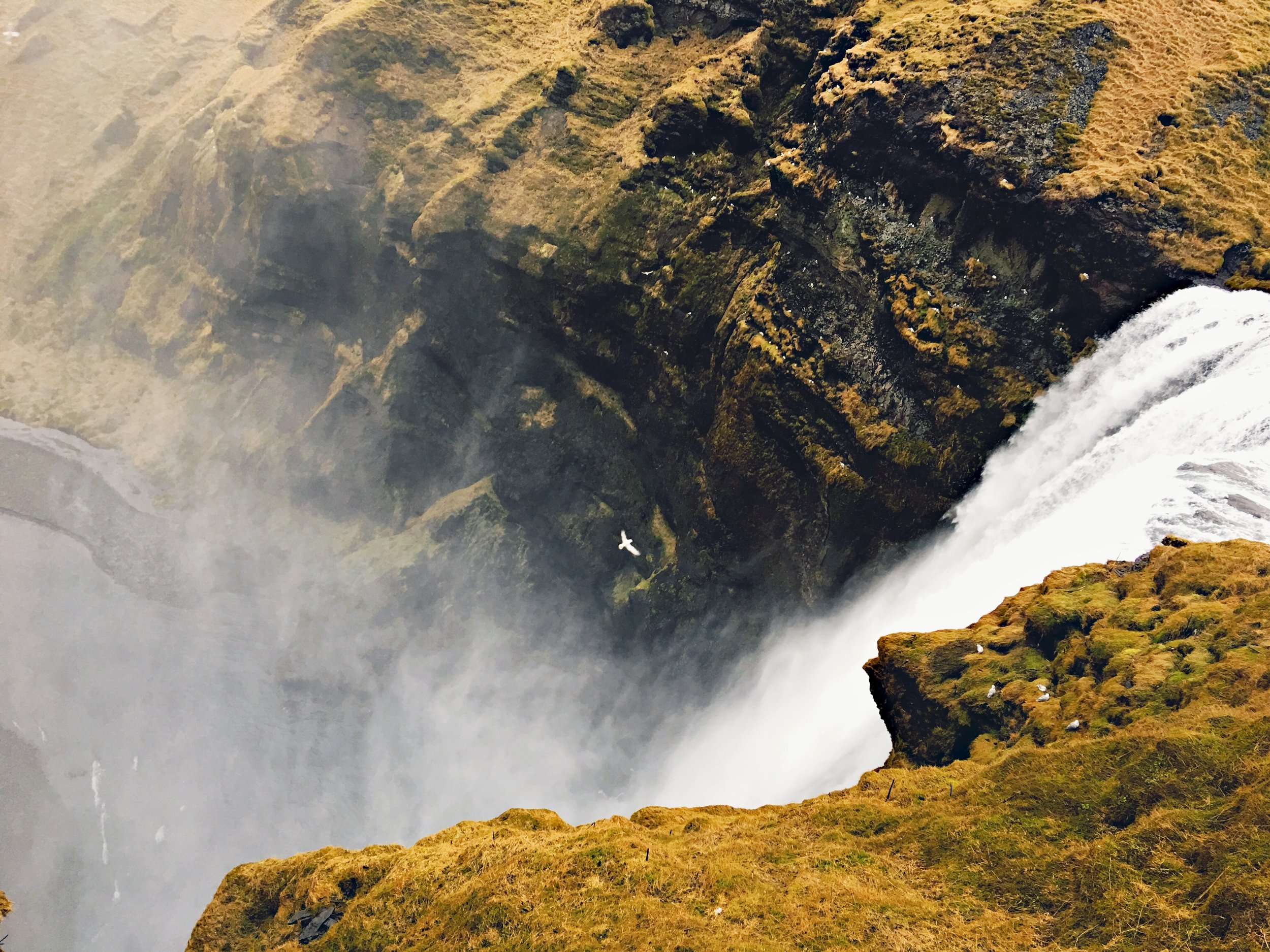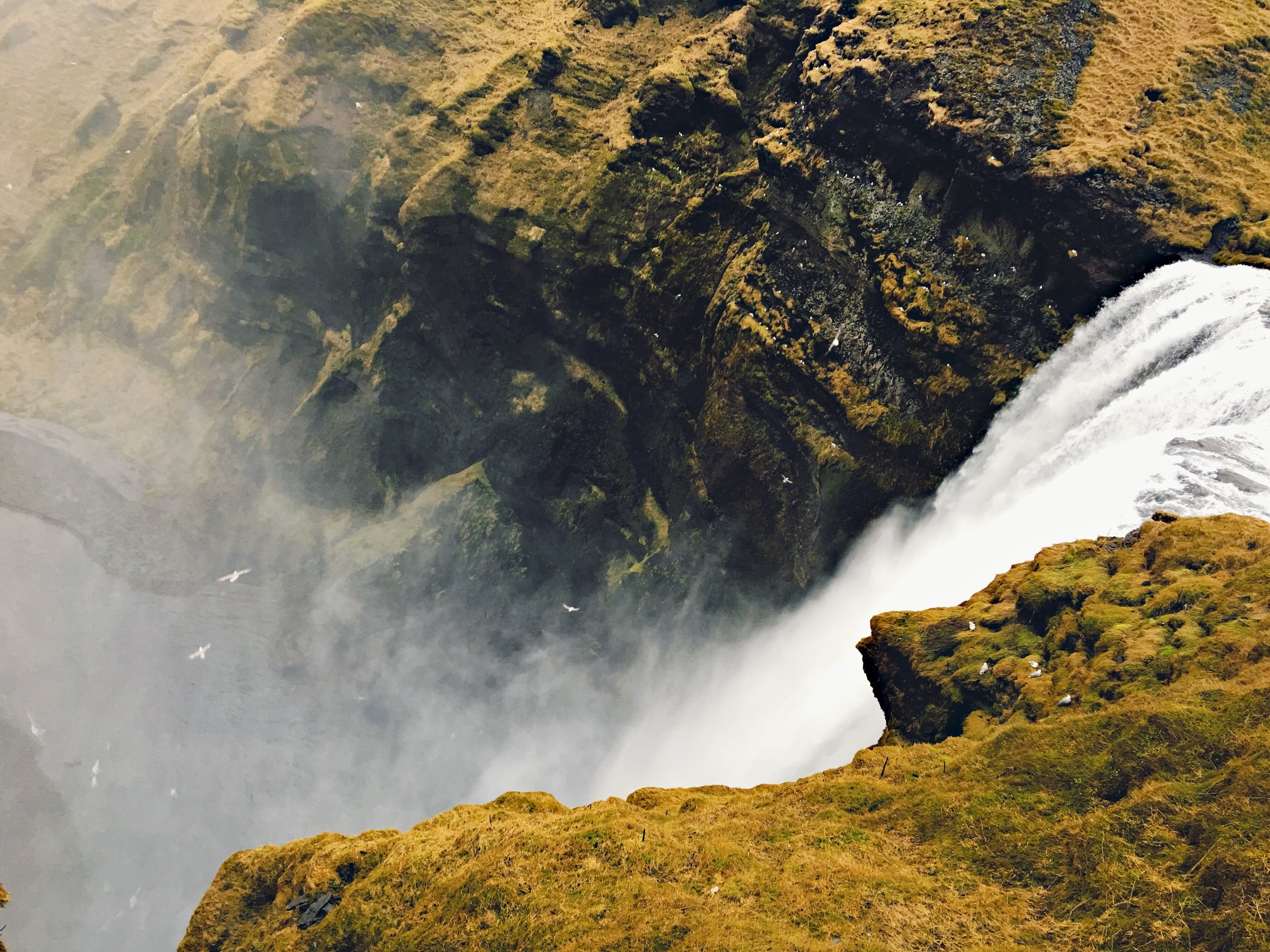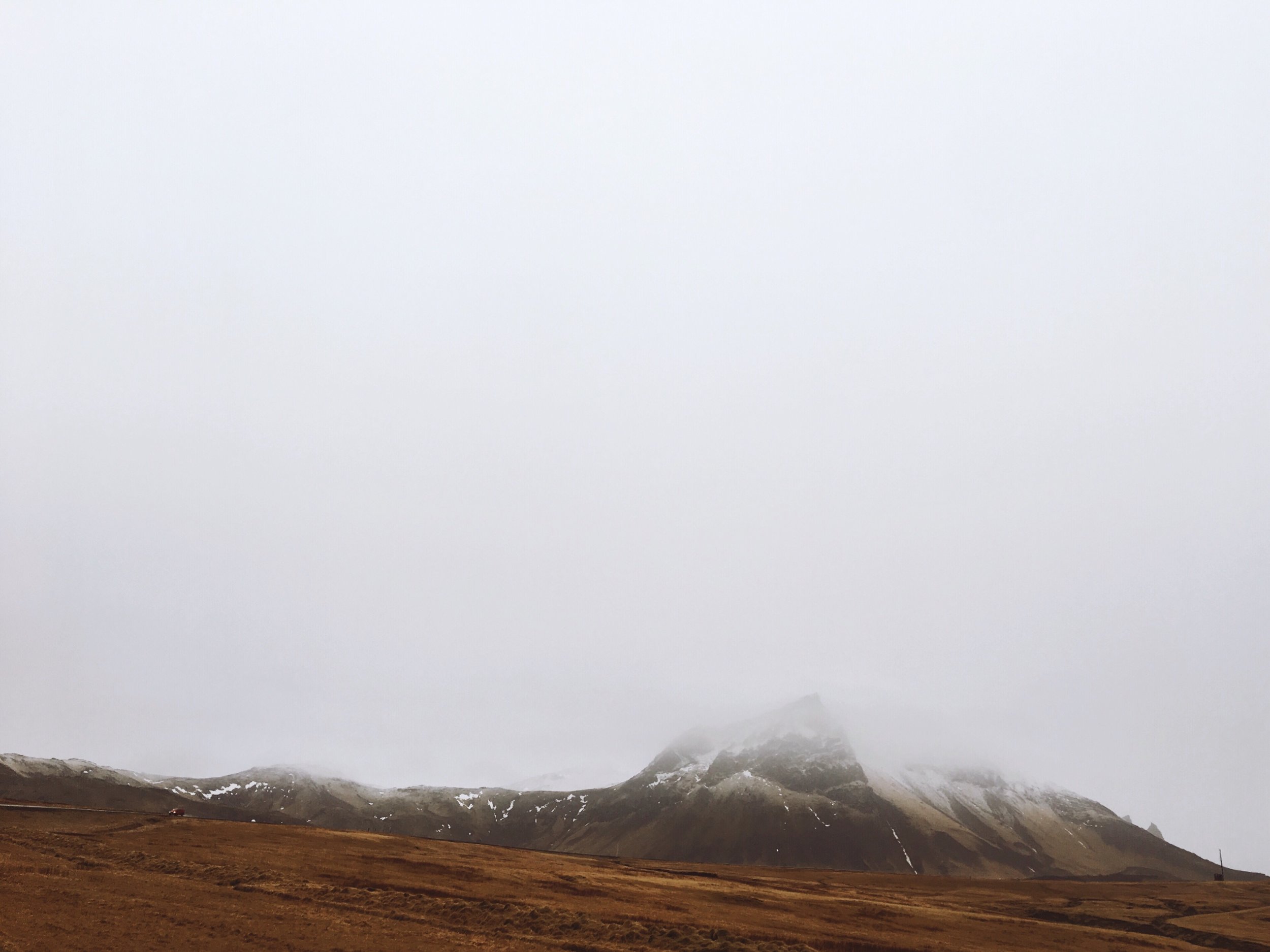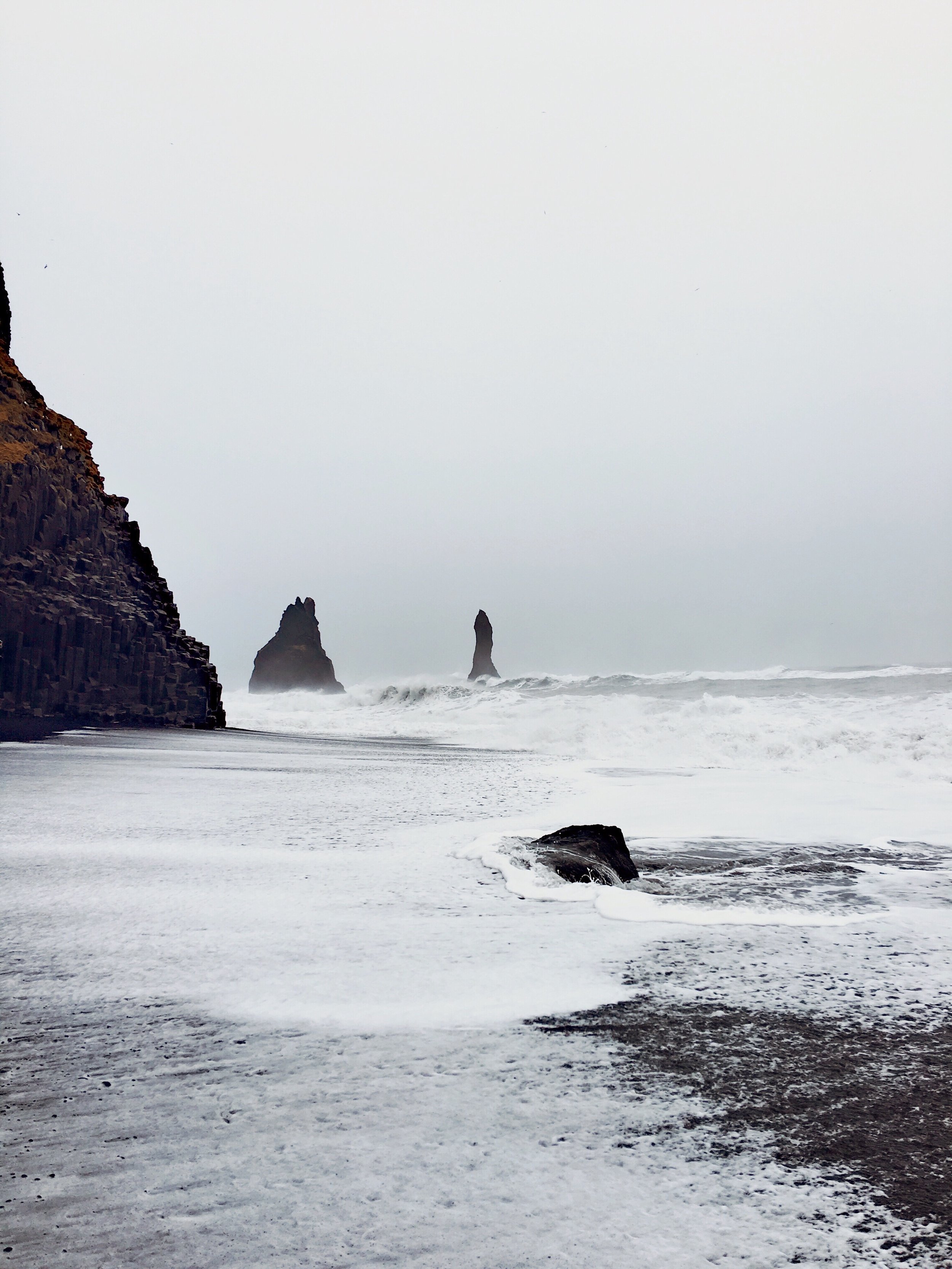Capturing Coffee Culture : One Cortado at a Time
Guest User
No better way to start a Monday than doing it with a cup of coffee in your hand. Coffee isn't just a bitter brown liquid with caffeine, rather coffee has its own culture and ability to gather community. Grab yourself a cup however you like it and join me and Laurie Unger as she talks about coffee and photography.
Christophe: What is your favorite coffee shop?
Laurie: My favorite coffee shop is Zoka @zokacoffeein Kirkland, Washington. The high ceilings and the light and airy atmosphere is what originally drew me in, but the coffee and sense of community keeps me coming back.
C: What Is your favorite coffee shop drink?
L: A Cortado or a triple espresso is my drink of choice. I occasionally will drink both if my energy level needs a boost. I really enjoy tasting the flavors of strong coffee so I don’t usually drink coffees that have lots of milk in them.
C: What makes a good coffee shop?
L: A coffee shop that is flooded with natural light and a good design sense (especially if it has lots of black and white) is always my first choice. Of course, great coffee is the most obvious, but without good lighting it is a no go. I live in the Pacific Northwest and there are a lot of grey days and rain. Light and bright is important to me.
C: Why do you love coffee/coffee culture?
L: The coffee culture has brought in a modern sense of community/gathering place. It is more than just drinking coffee; it is an experience wherein in you can enjoy meeting up with friends, conducting business, or just relaxing and taking time to enjoy a cup of coffee any way you might like it.
C: Your favorite coffee culture photo tip?
L: Paying attention to natural light is perhaps the single most important step in taking a good photo. I always try to be aware of what time of day it is, weather conditions and the direction of the light. Walls, tables and floors are always good backdrops to be aware of so that the picture is interesting.
Laurie captures everyday bright moments that adds a special light to the day. She finds the adventure in the simplicity and joys of everyday life. To follow more of her creative journey, you can find her on Instagram here: @:LAURIEUNGER
It is now time to pour ourselves another cup.
Happy Monday everyone!














